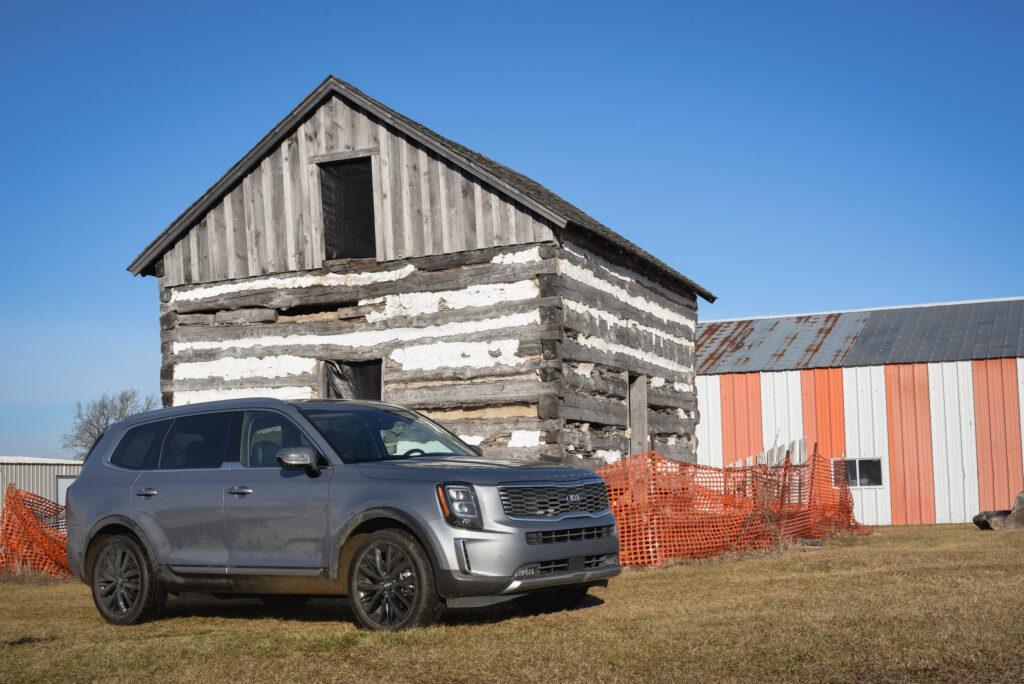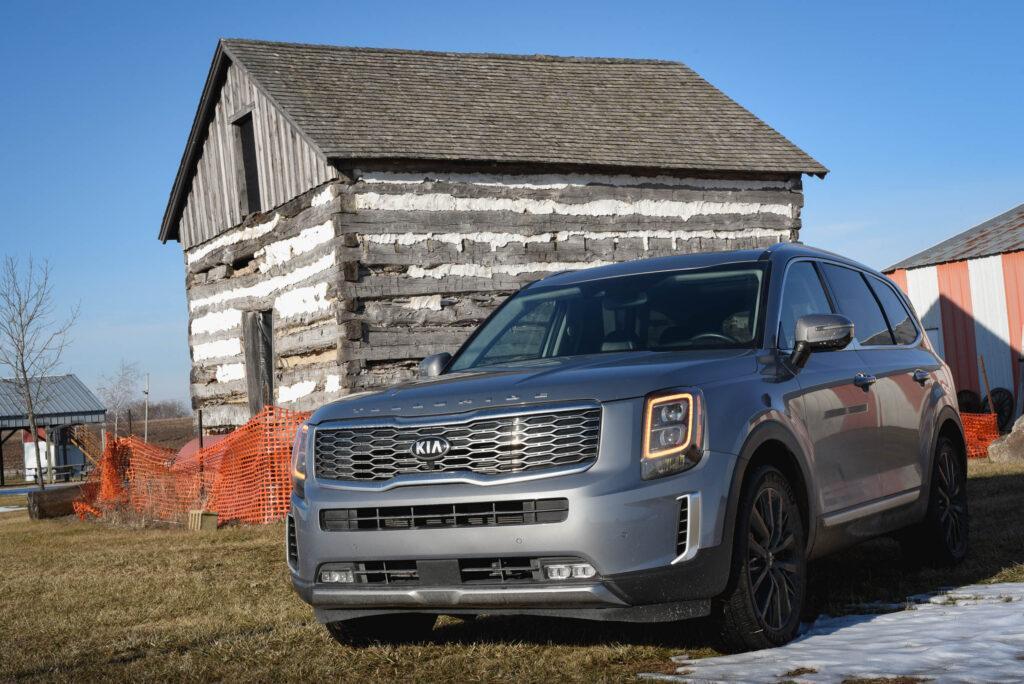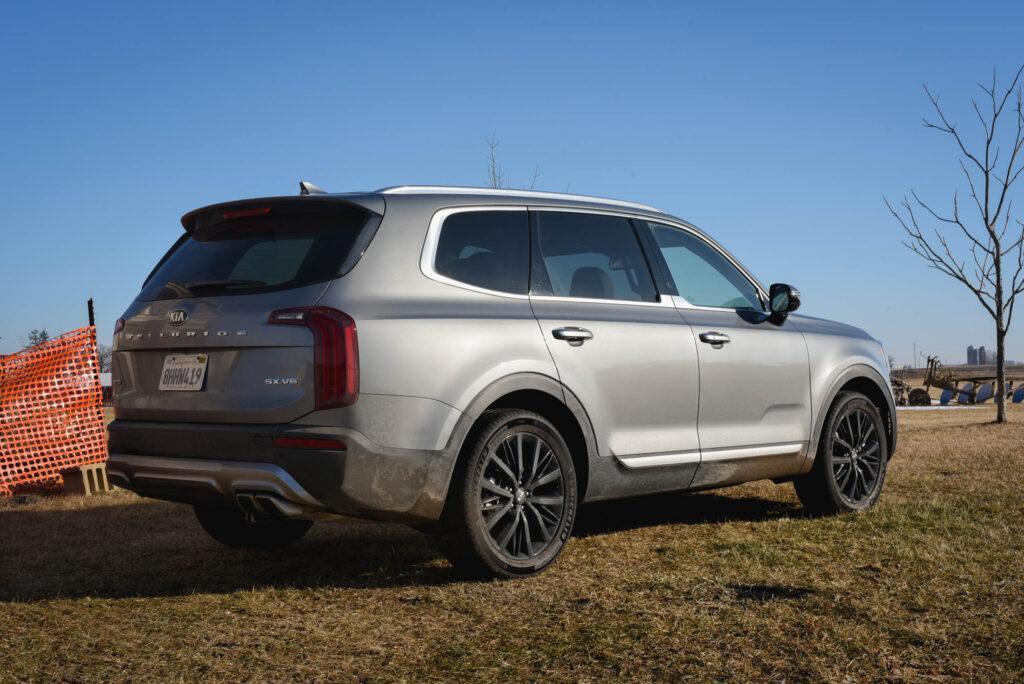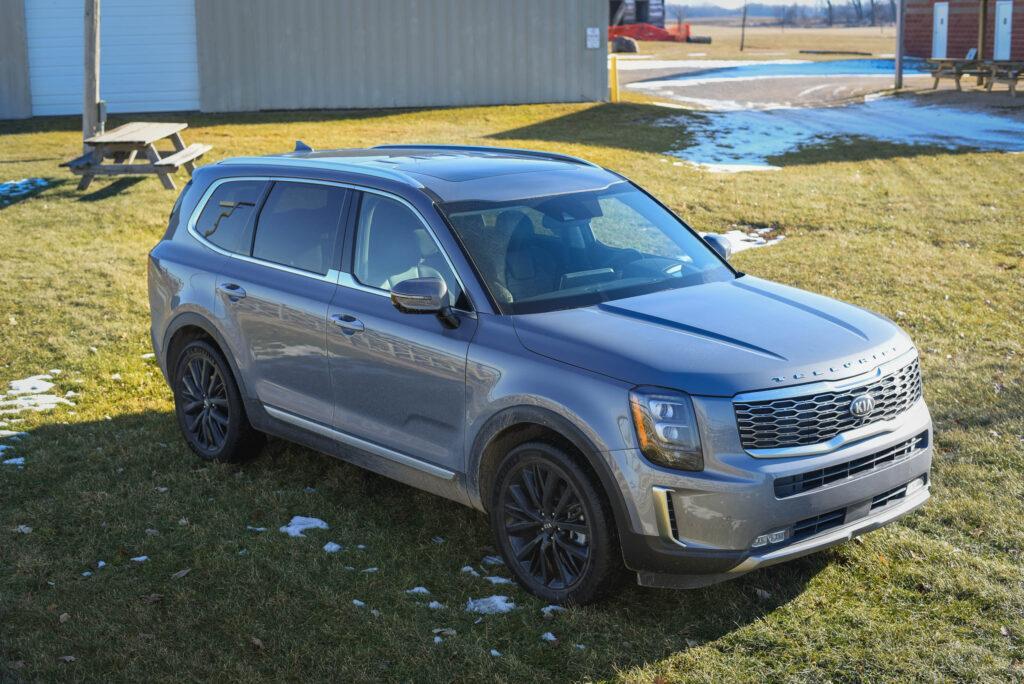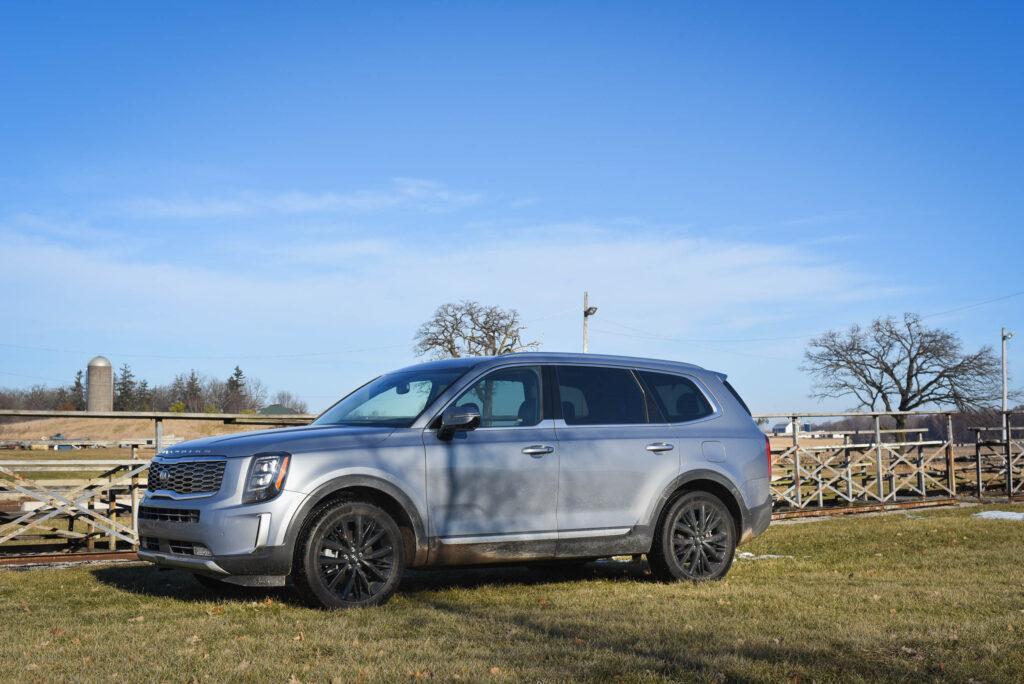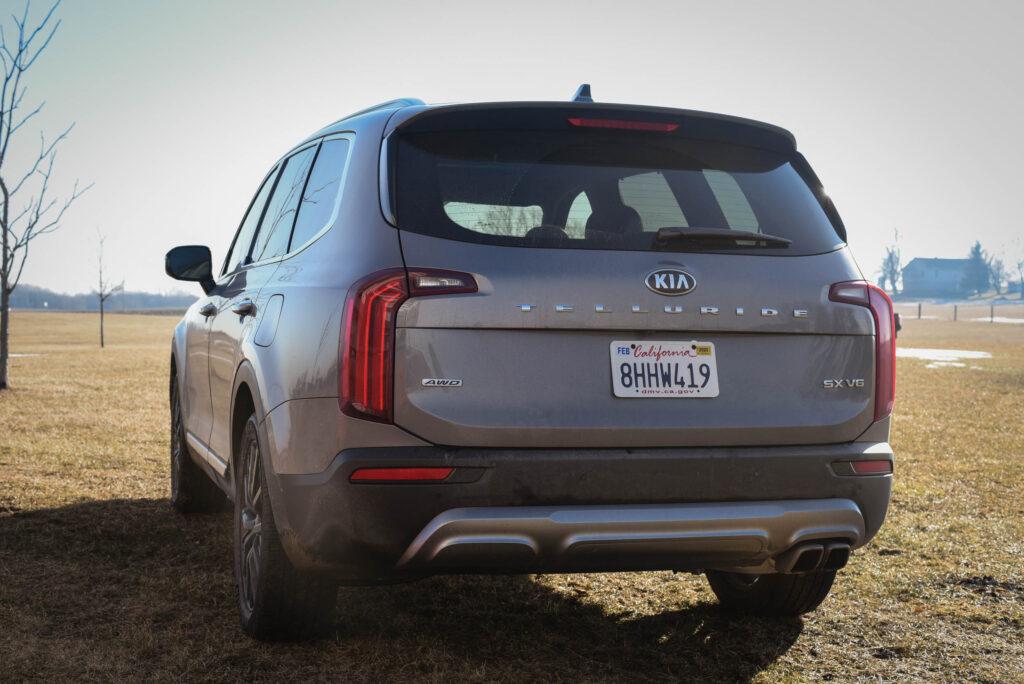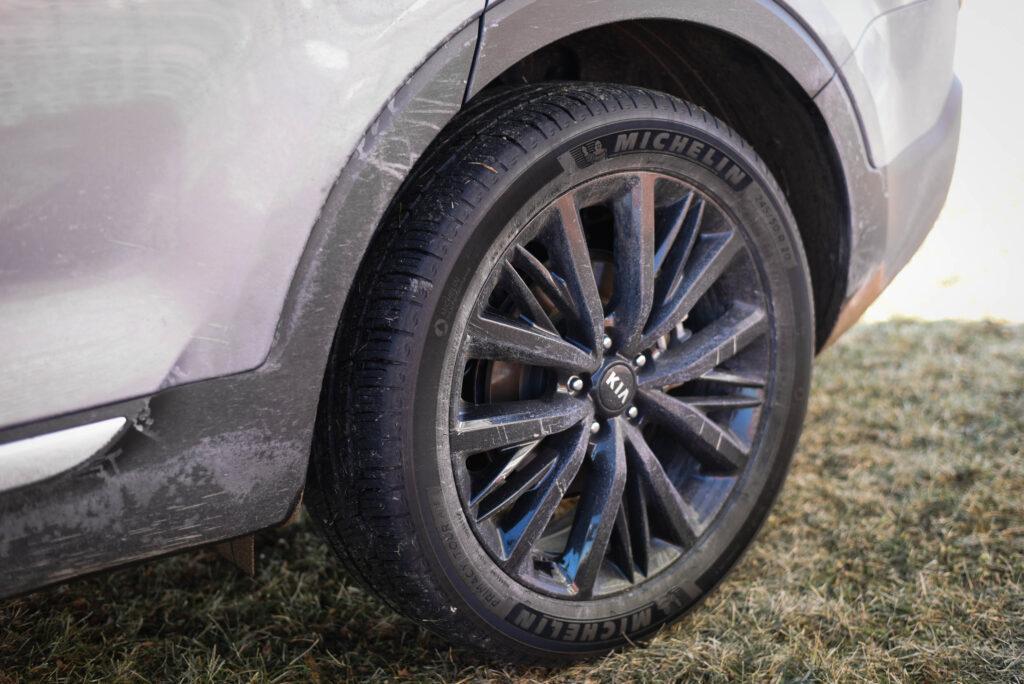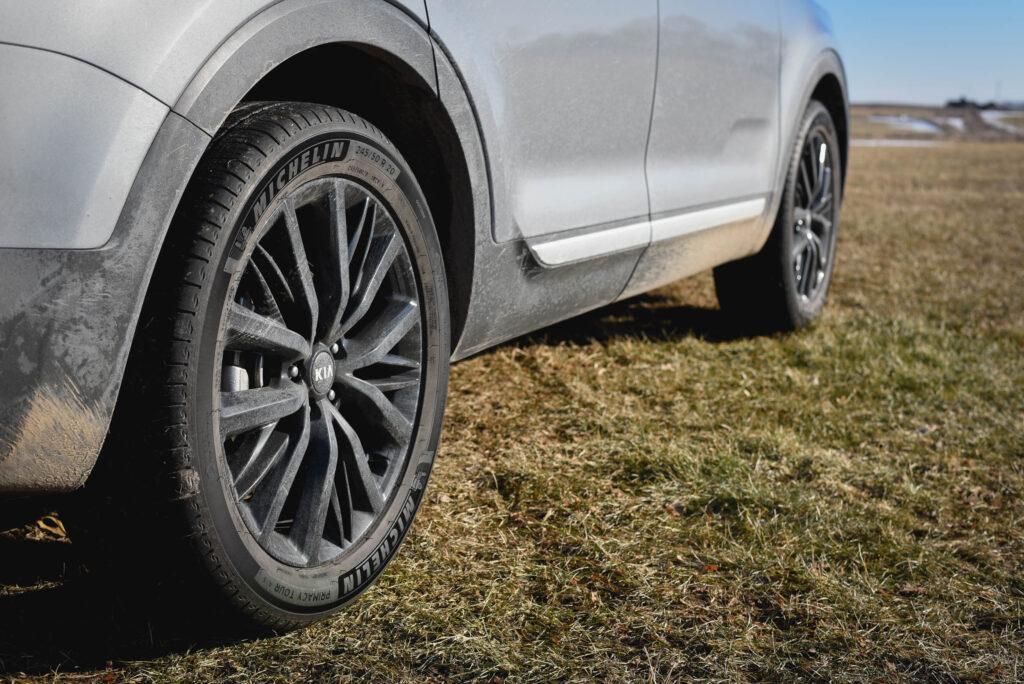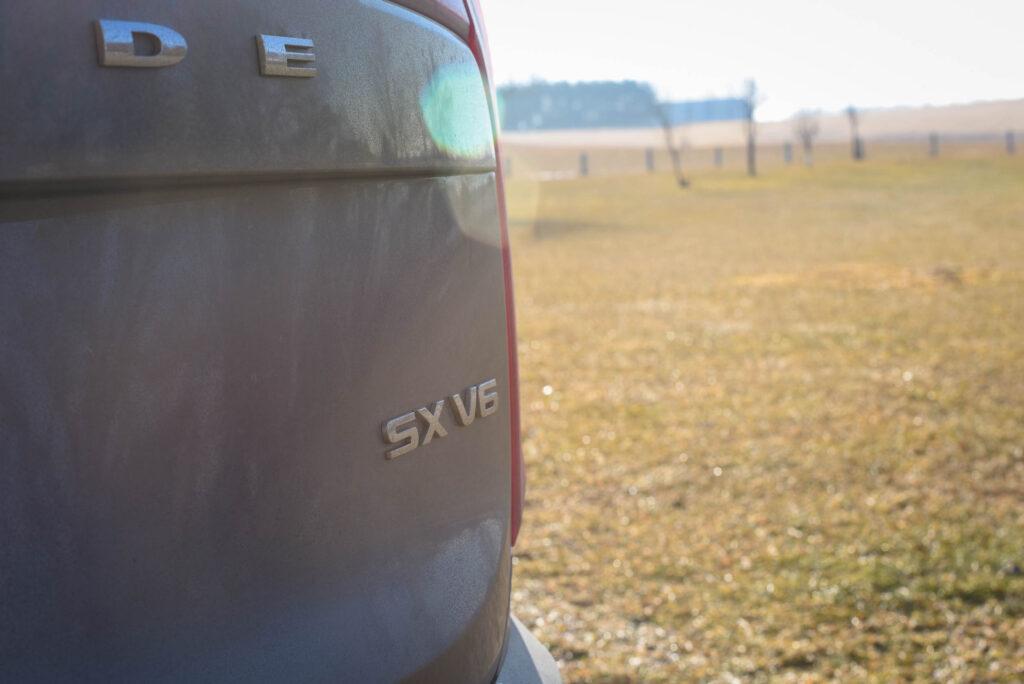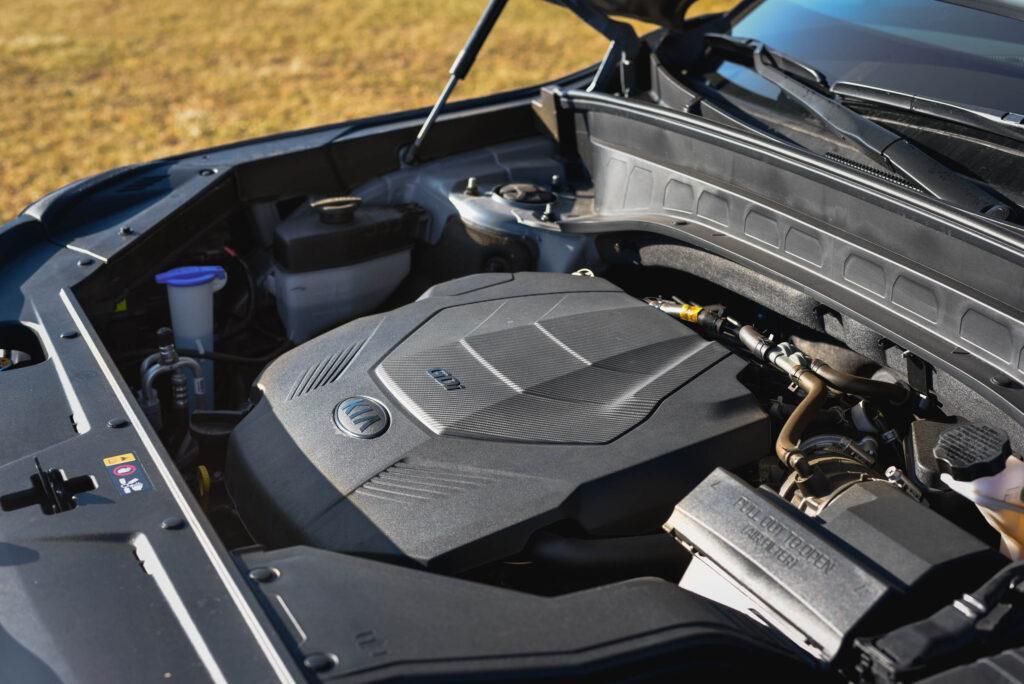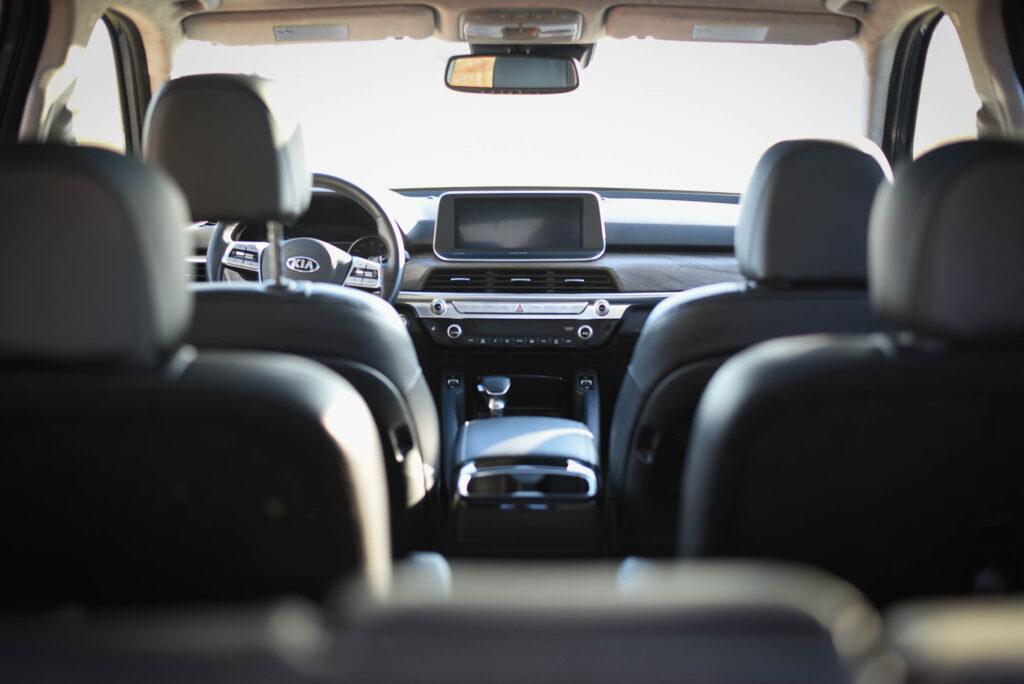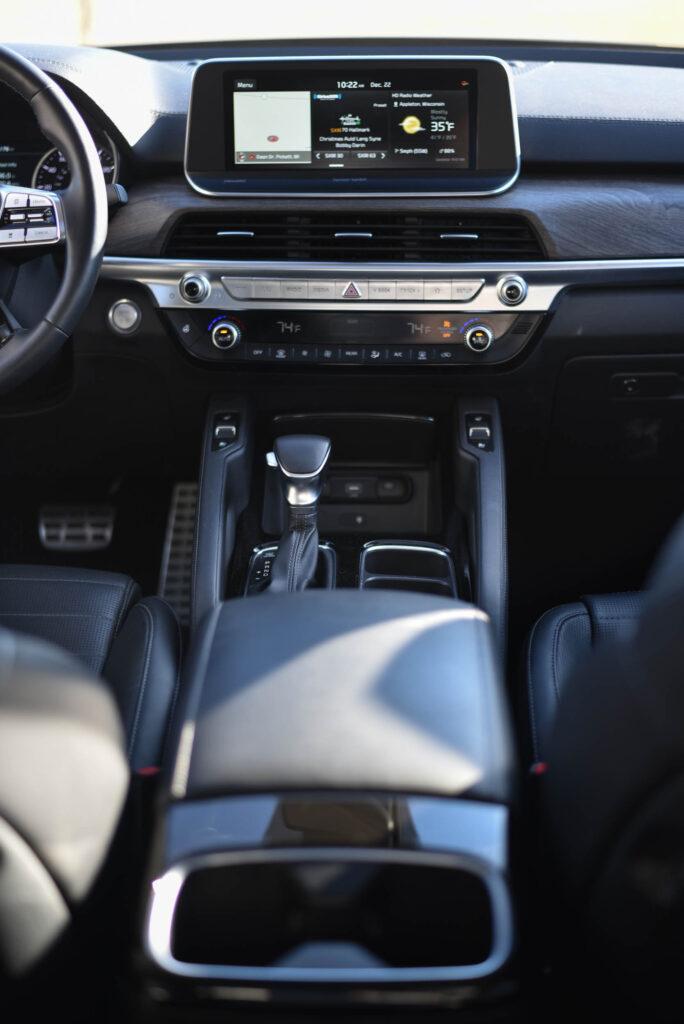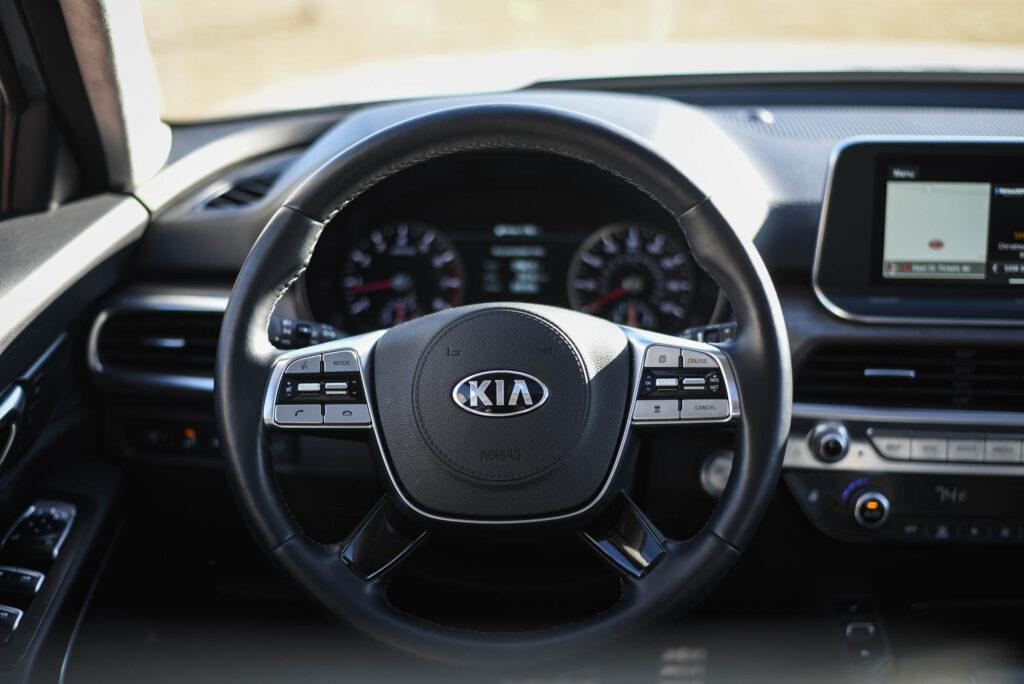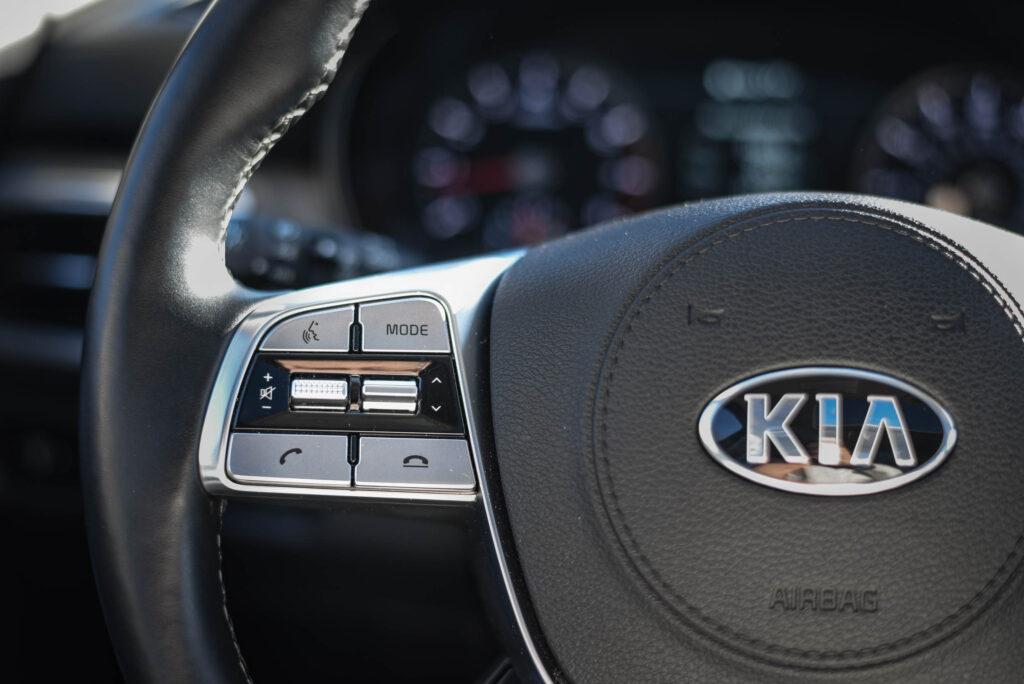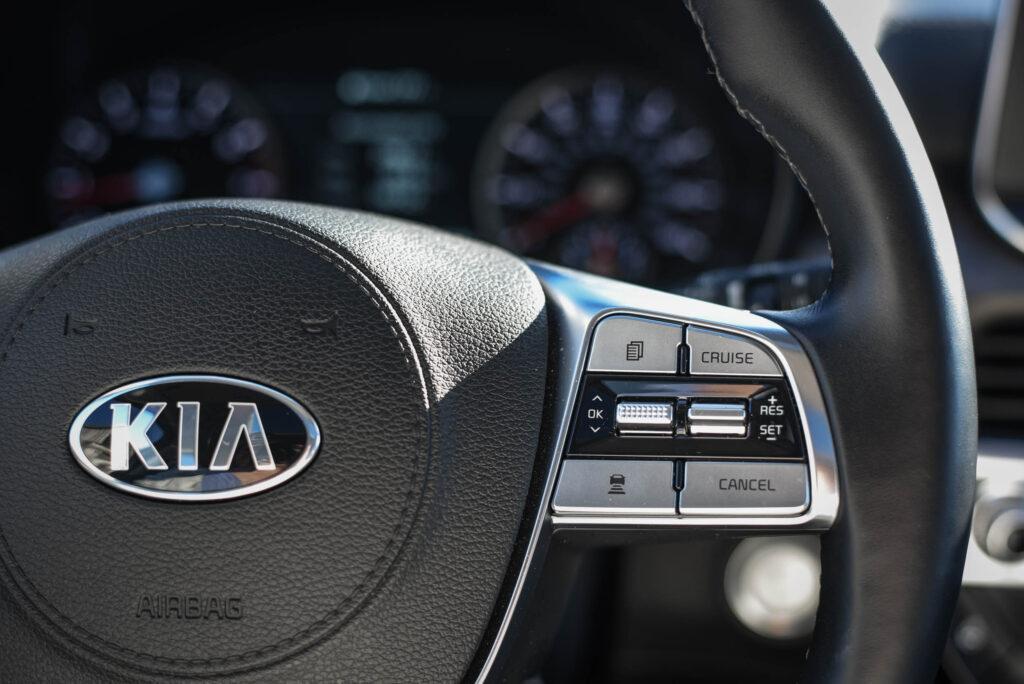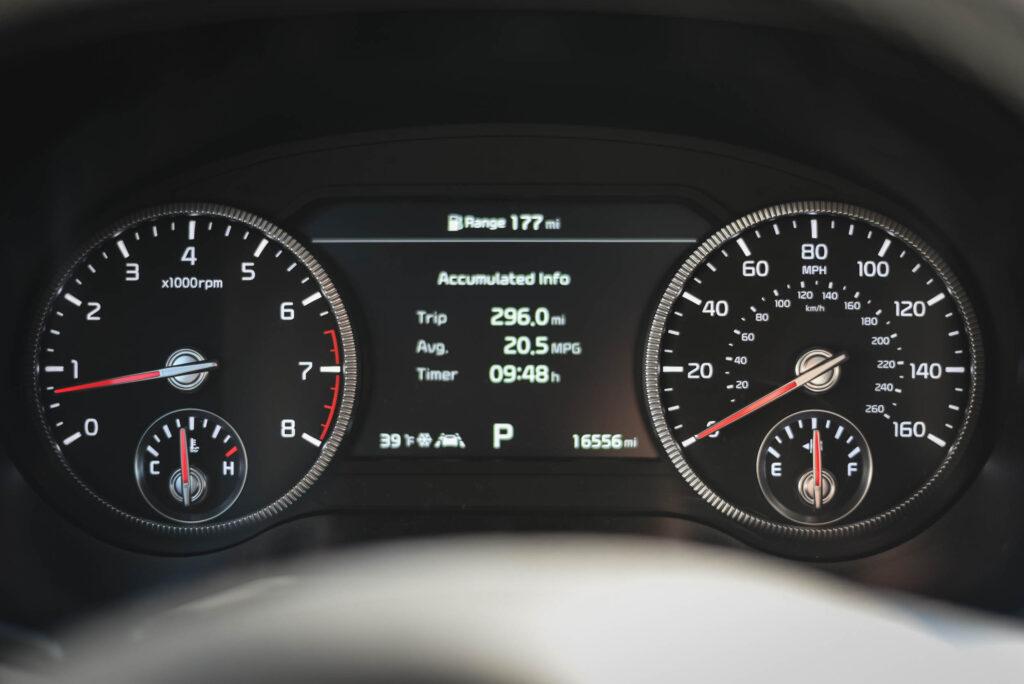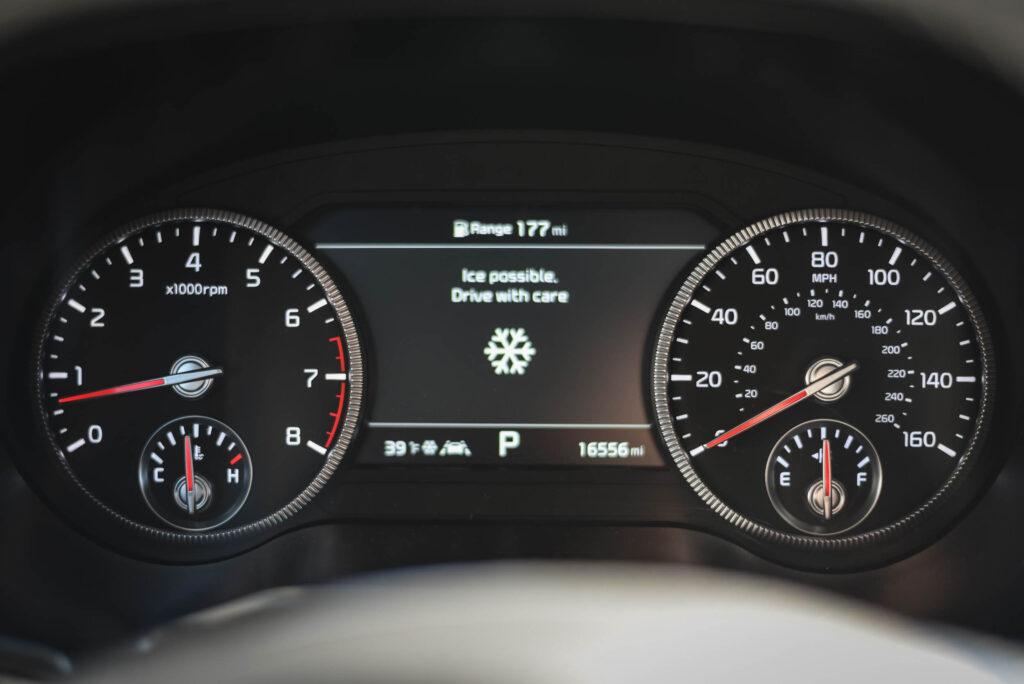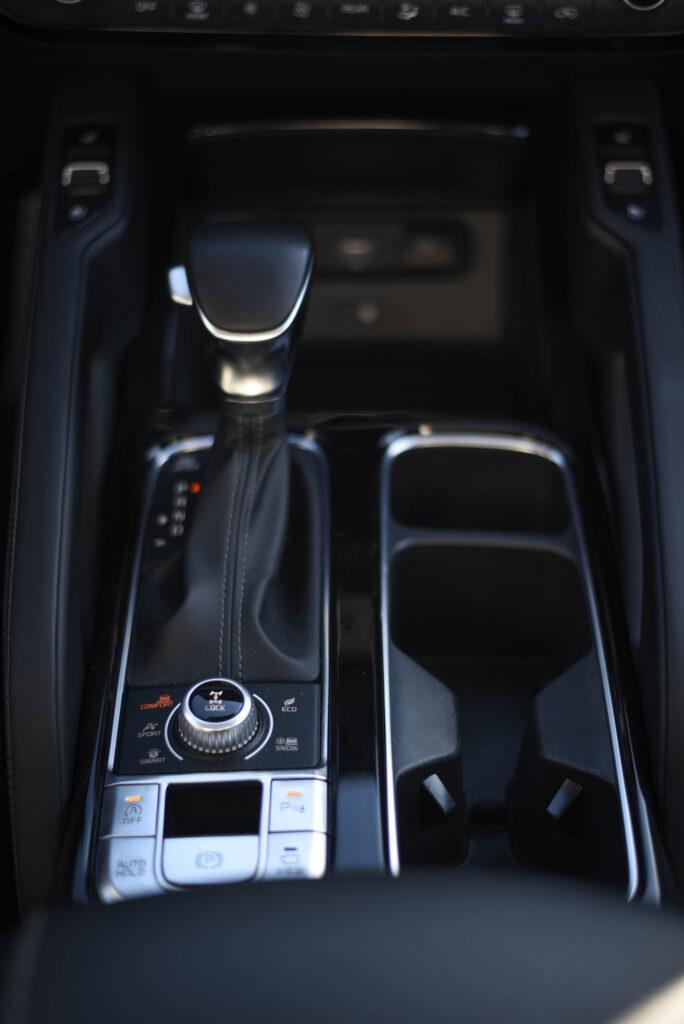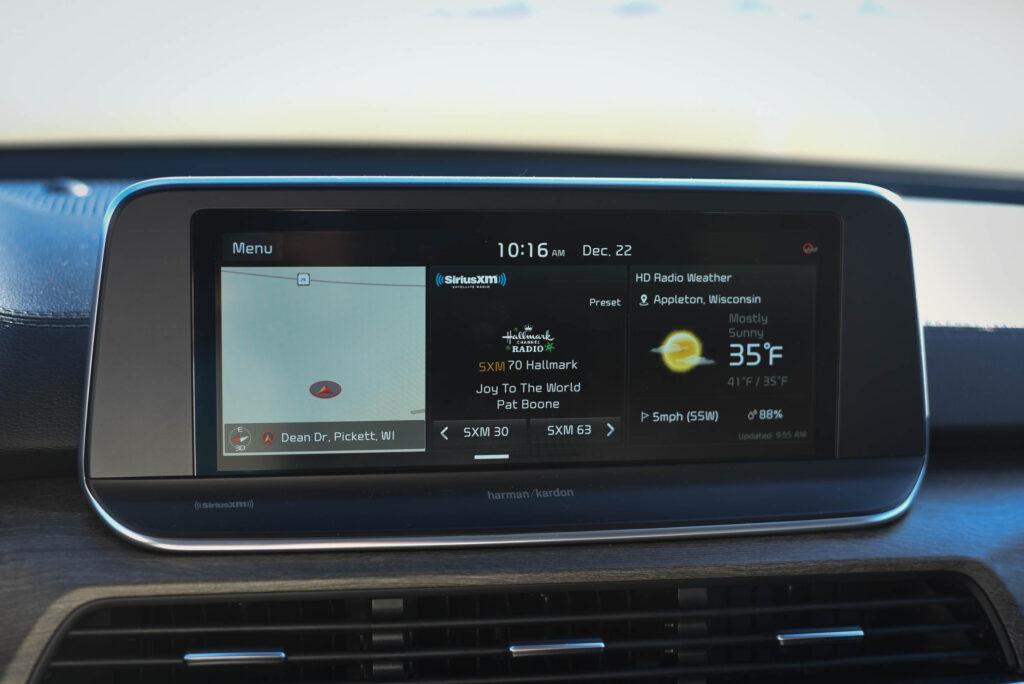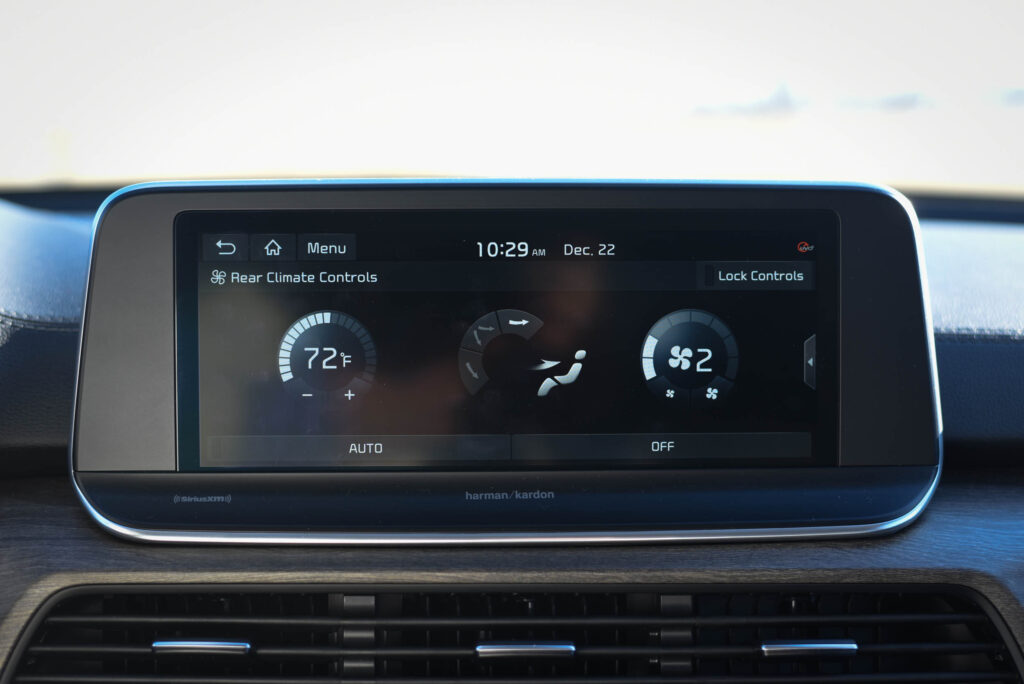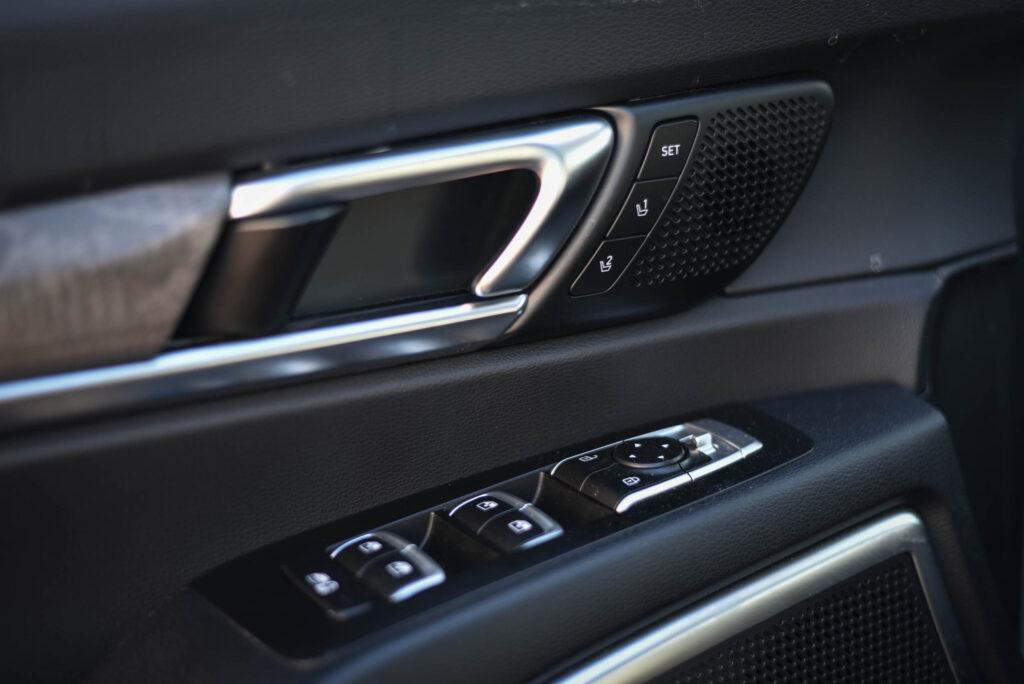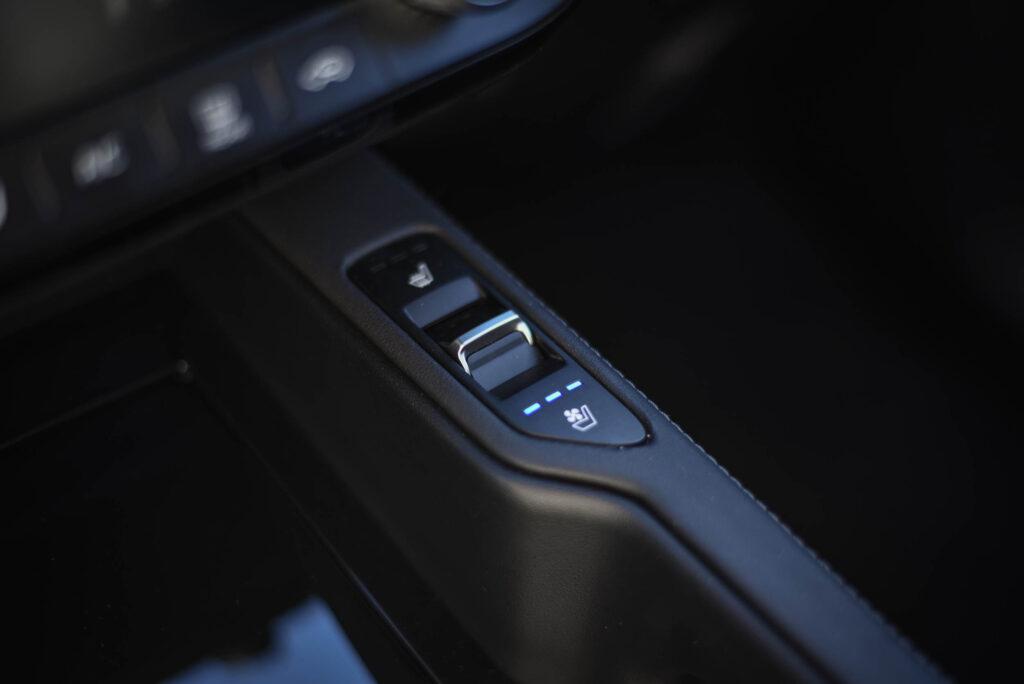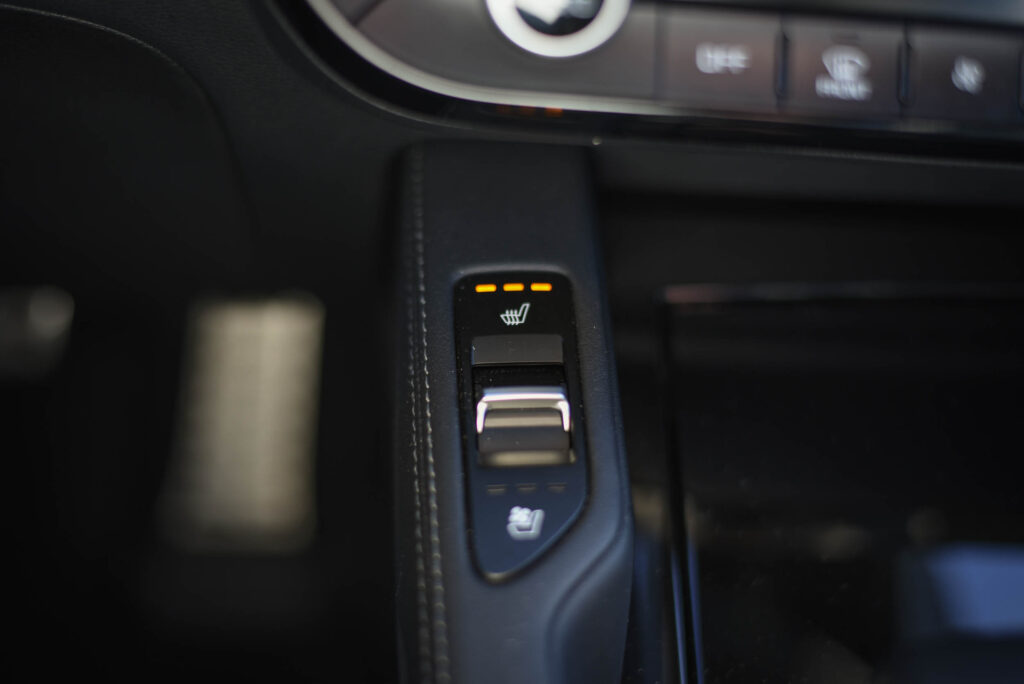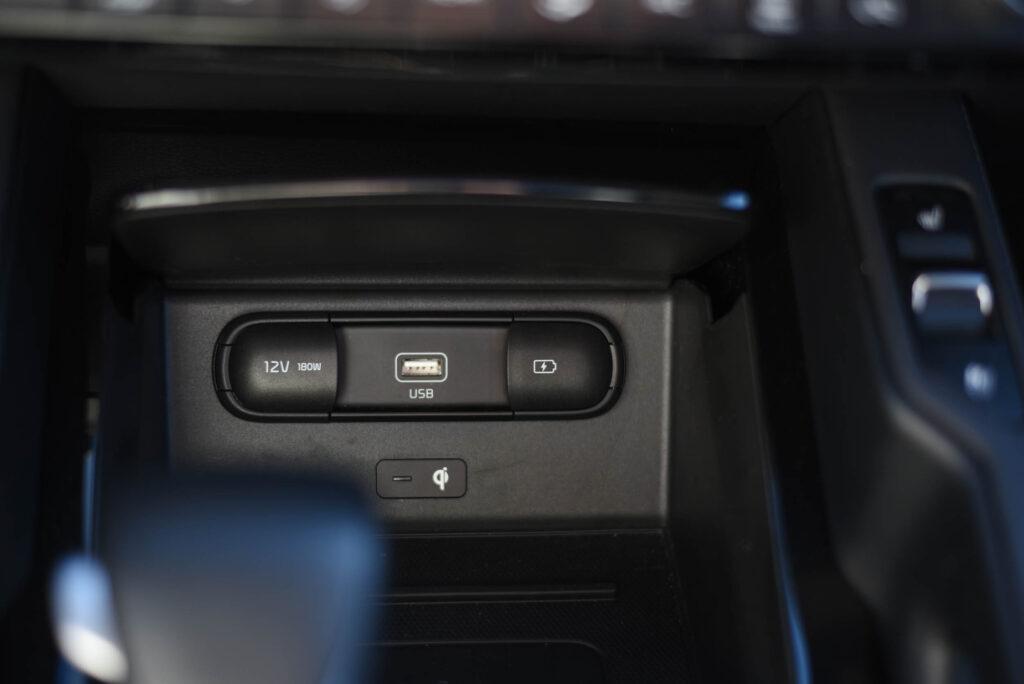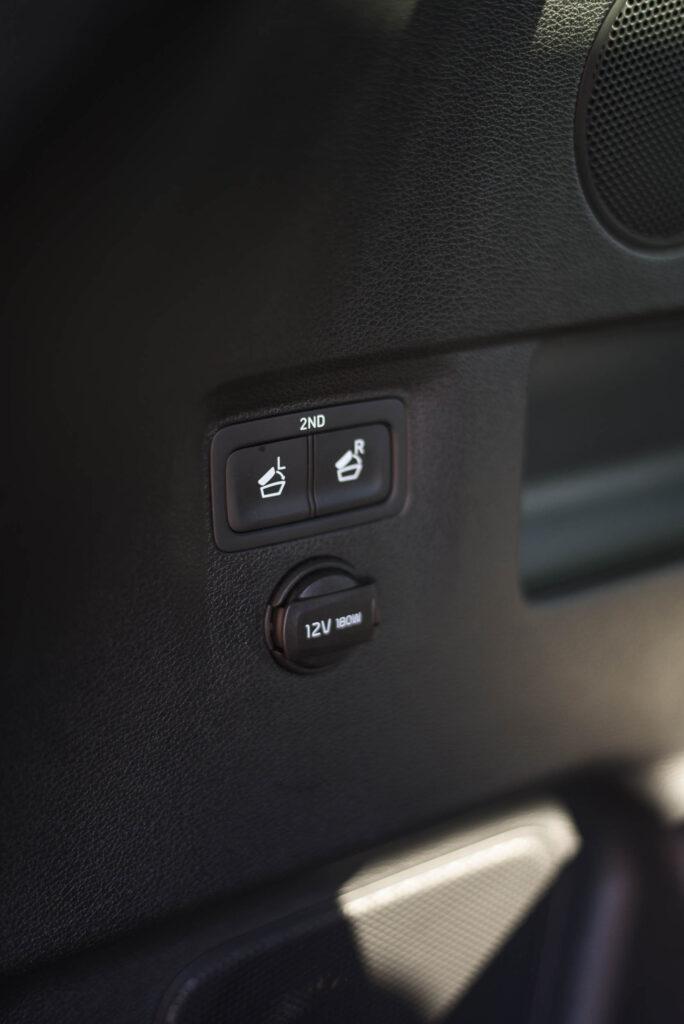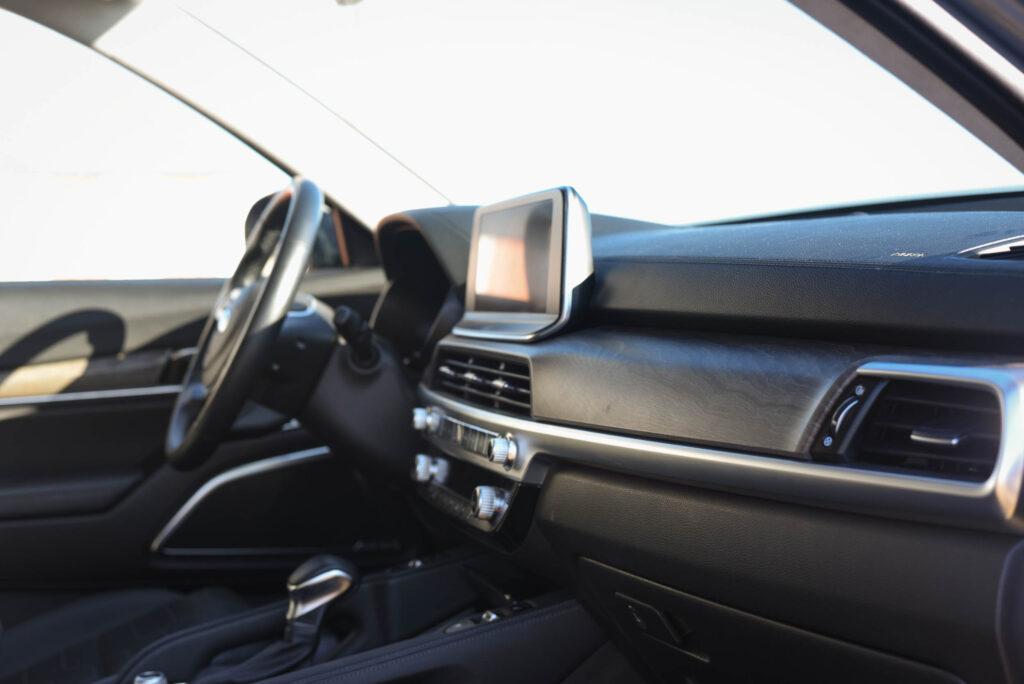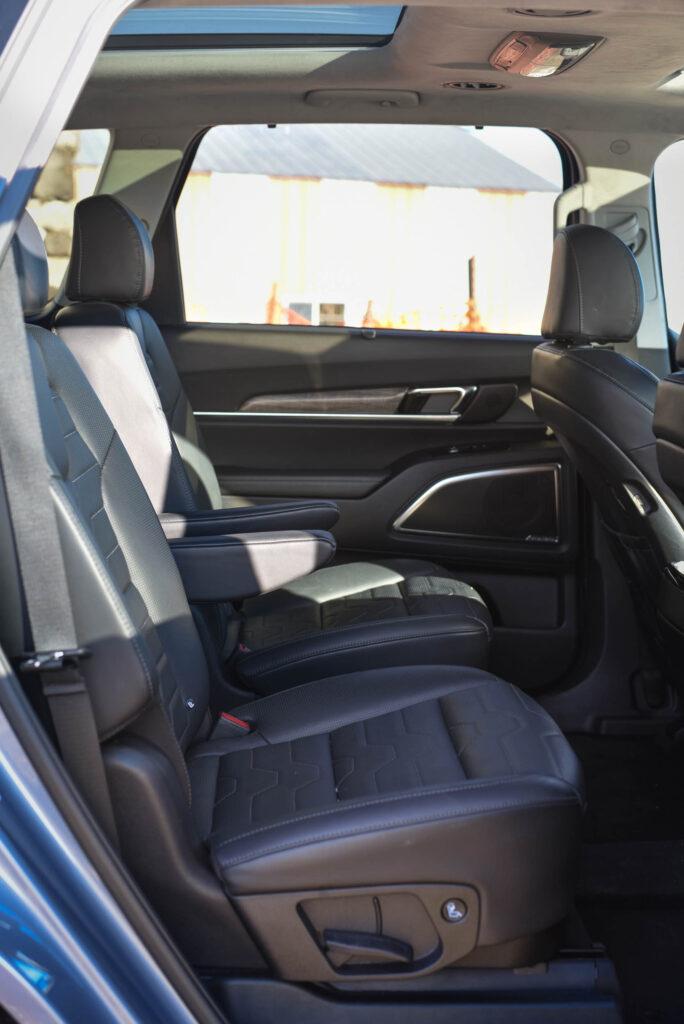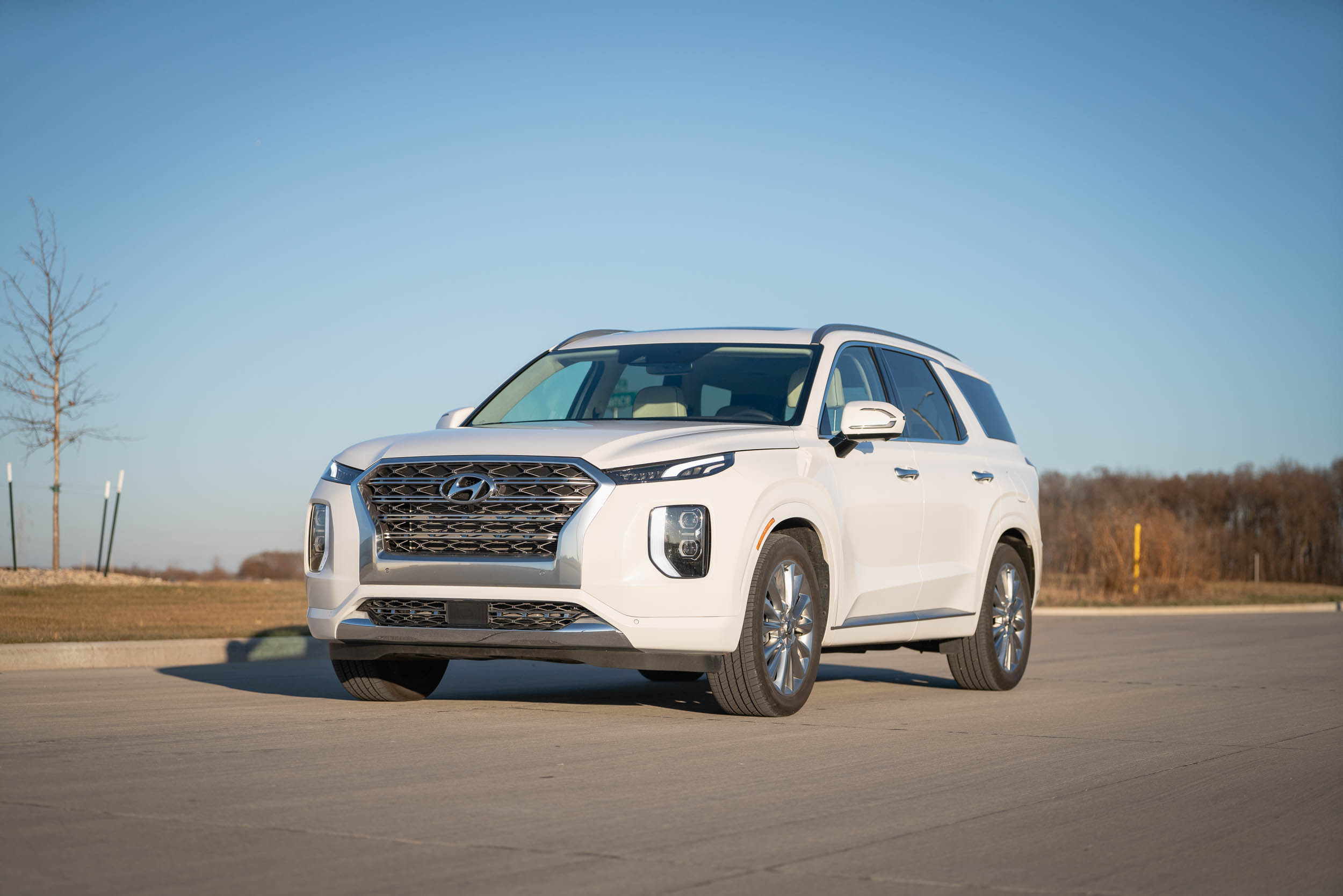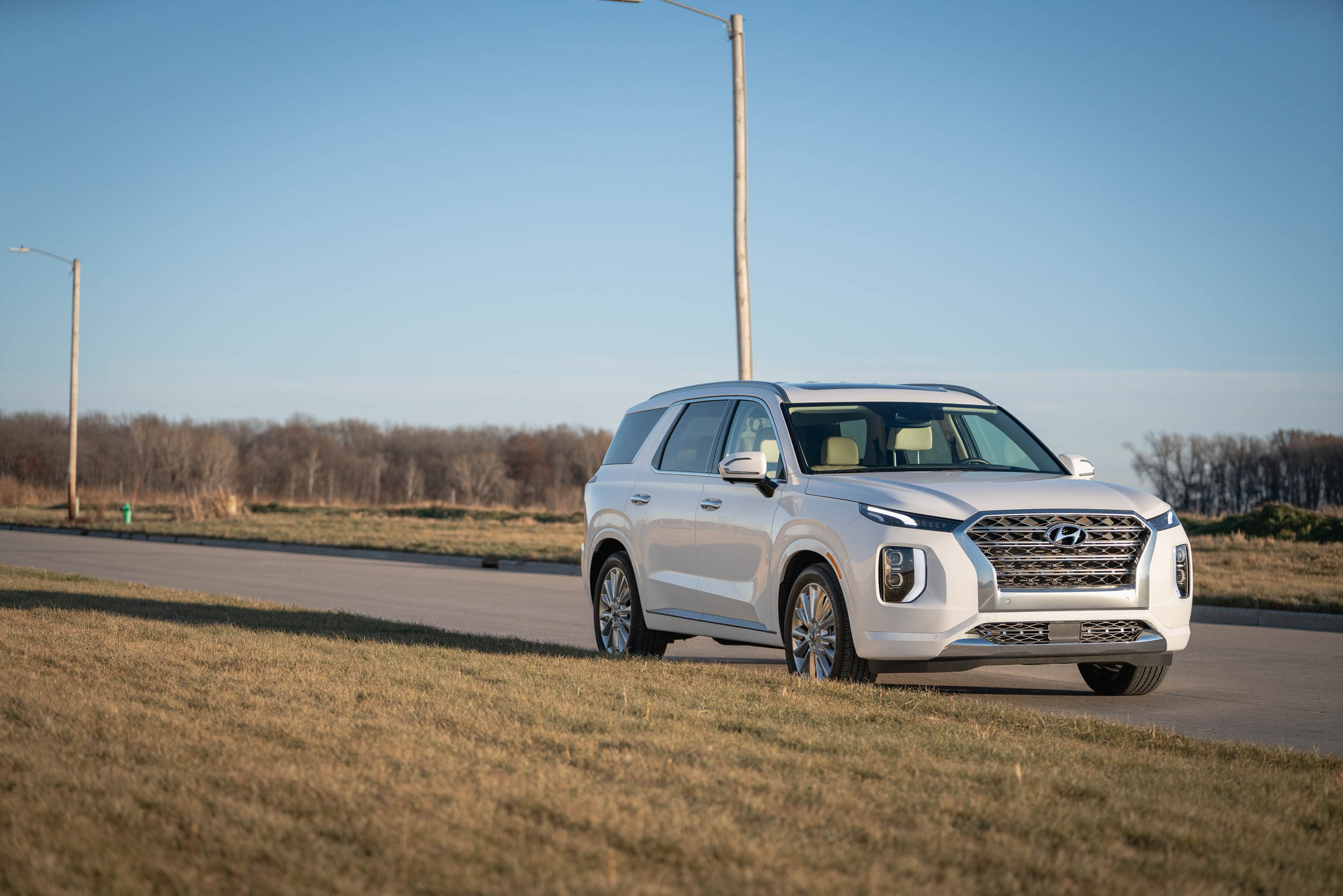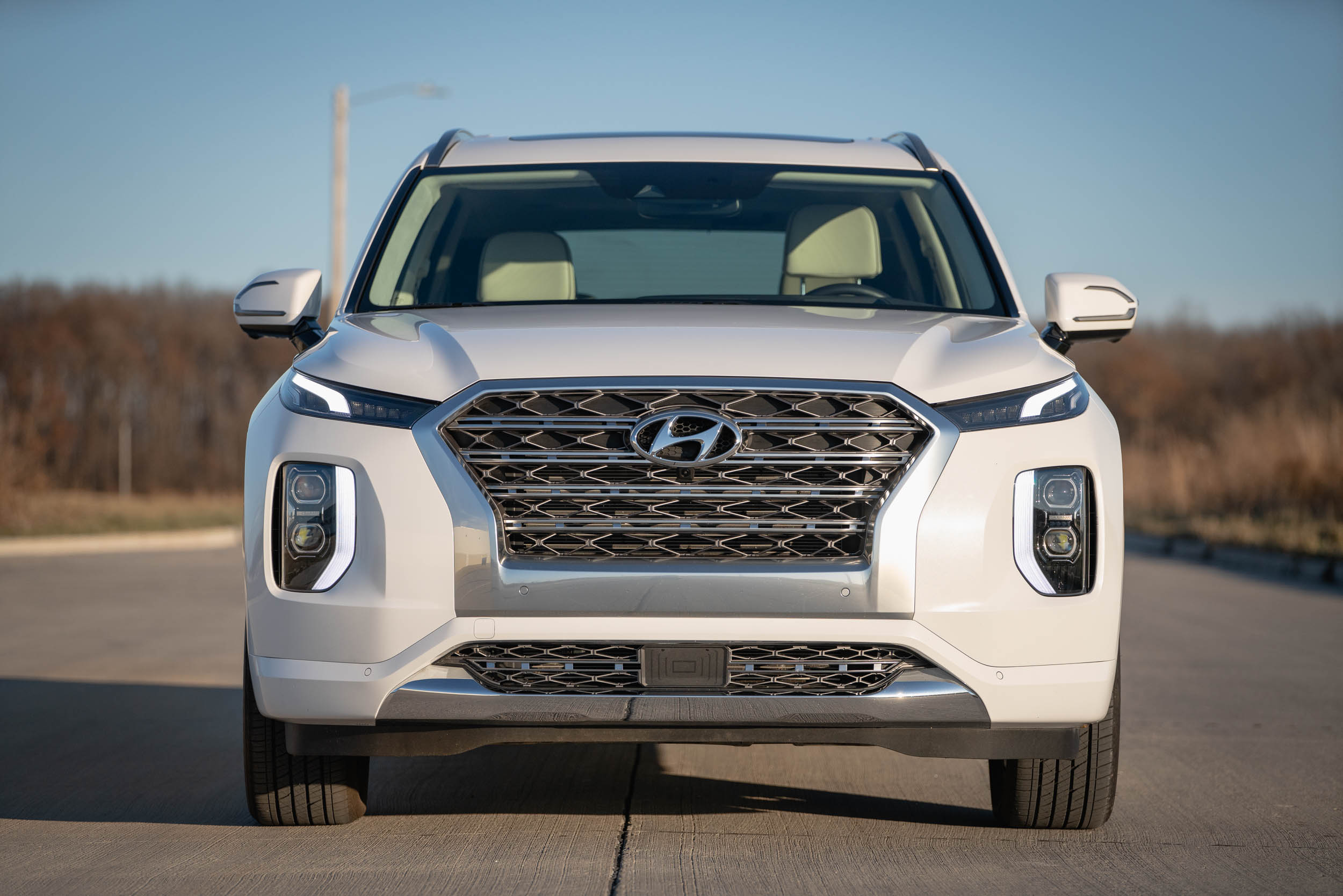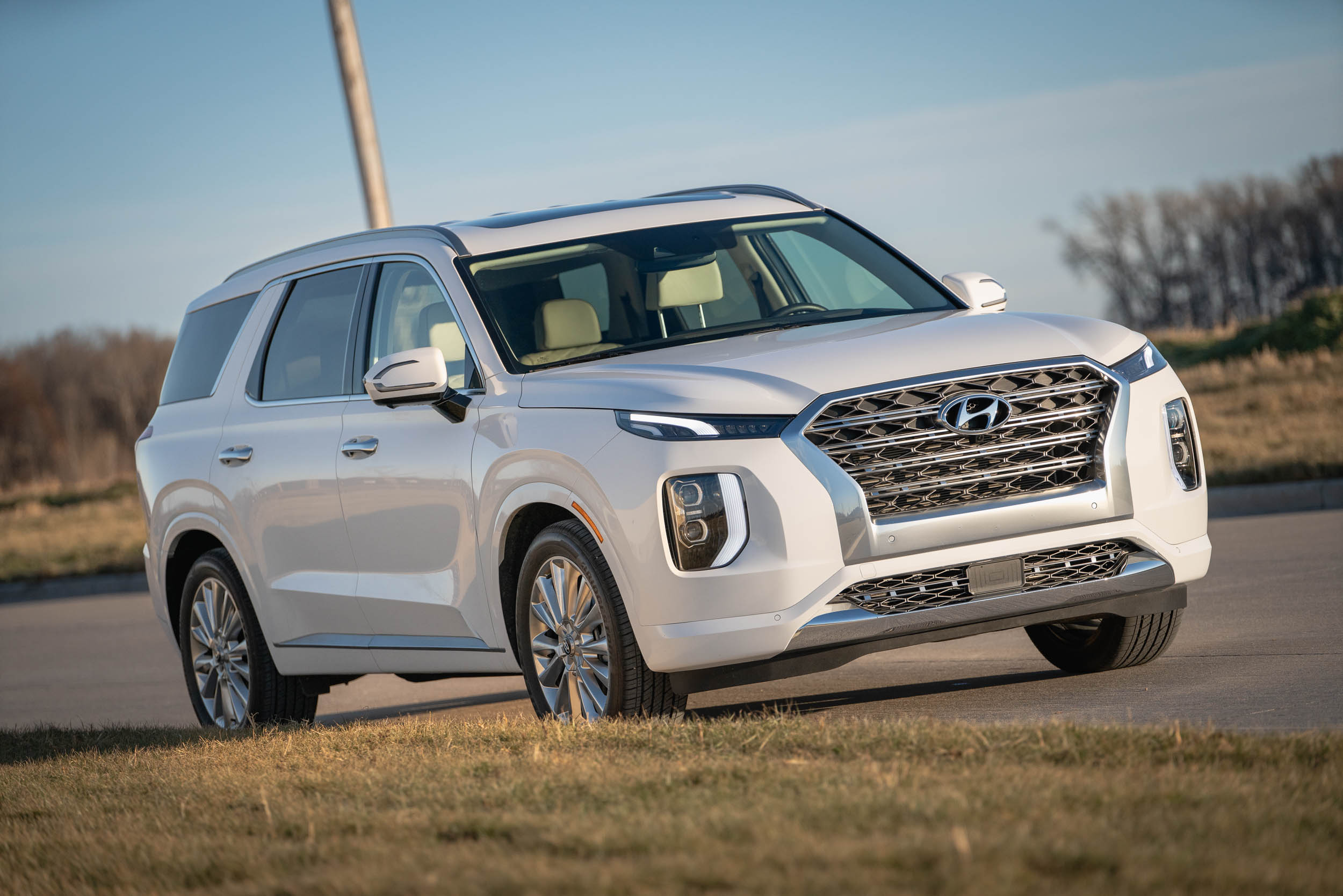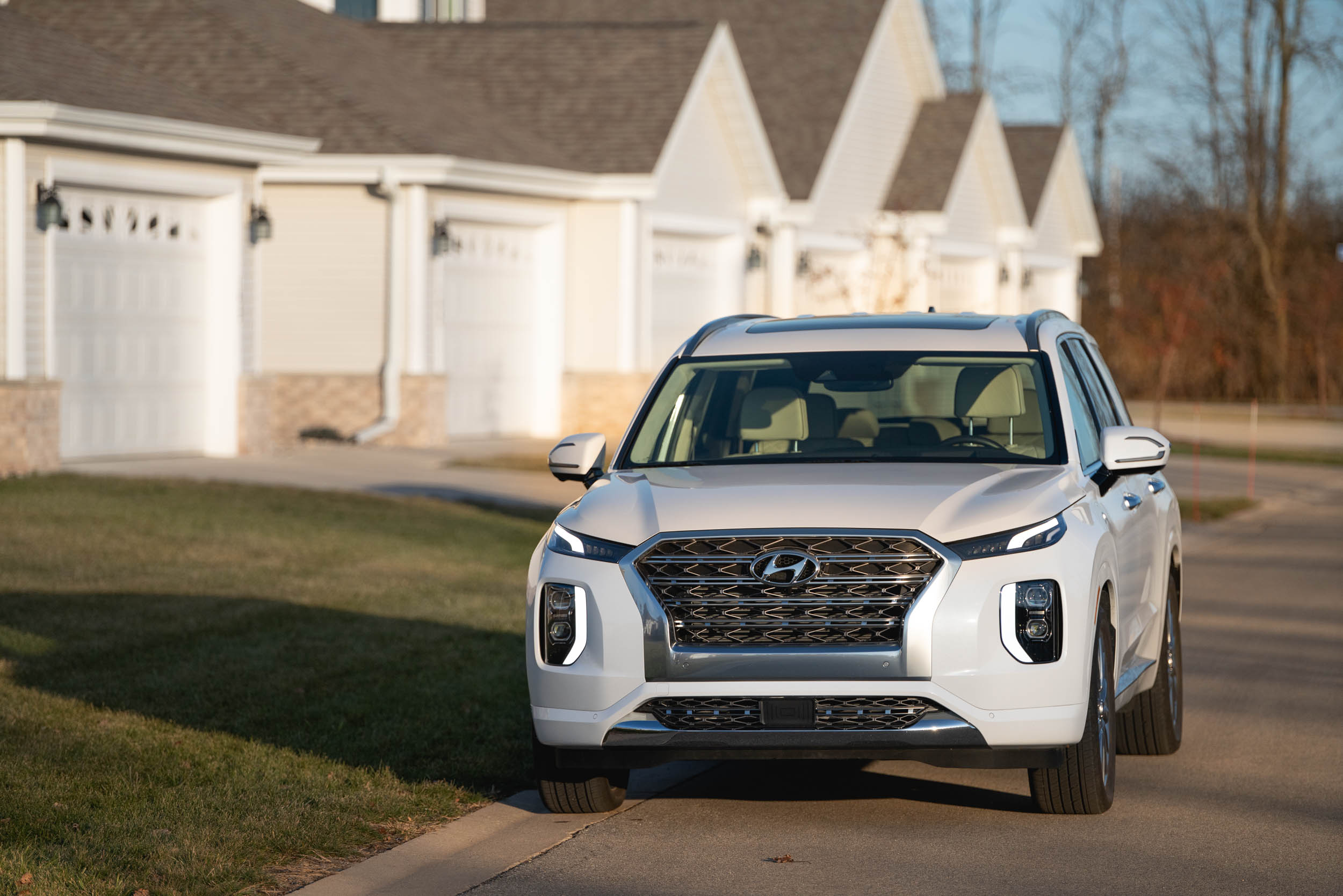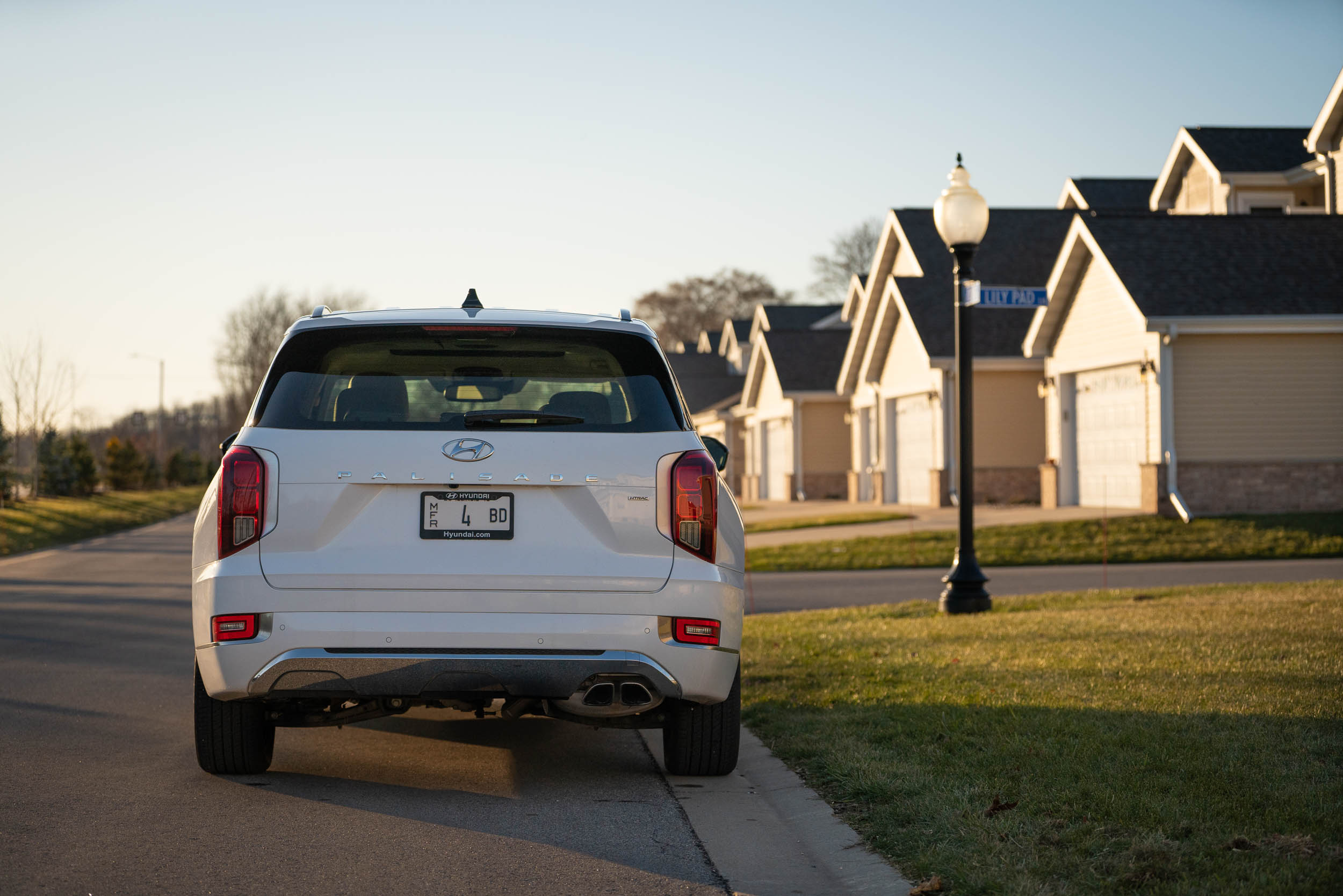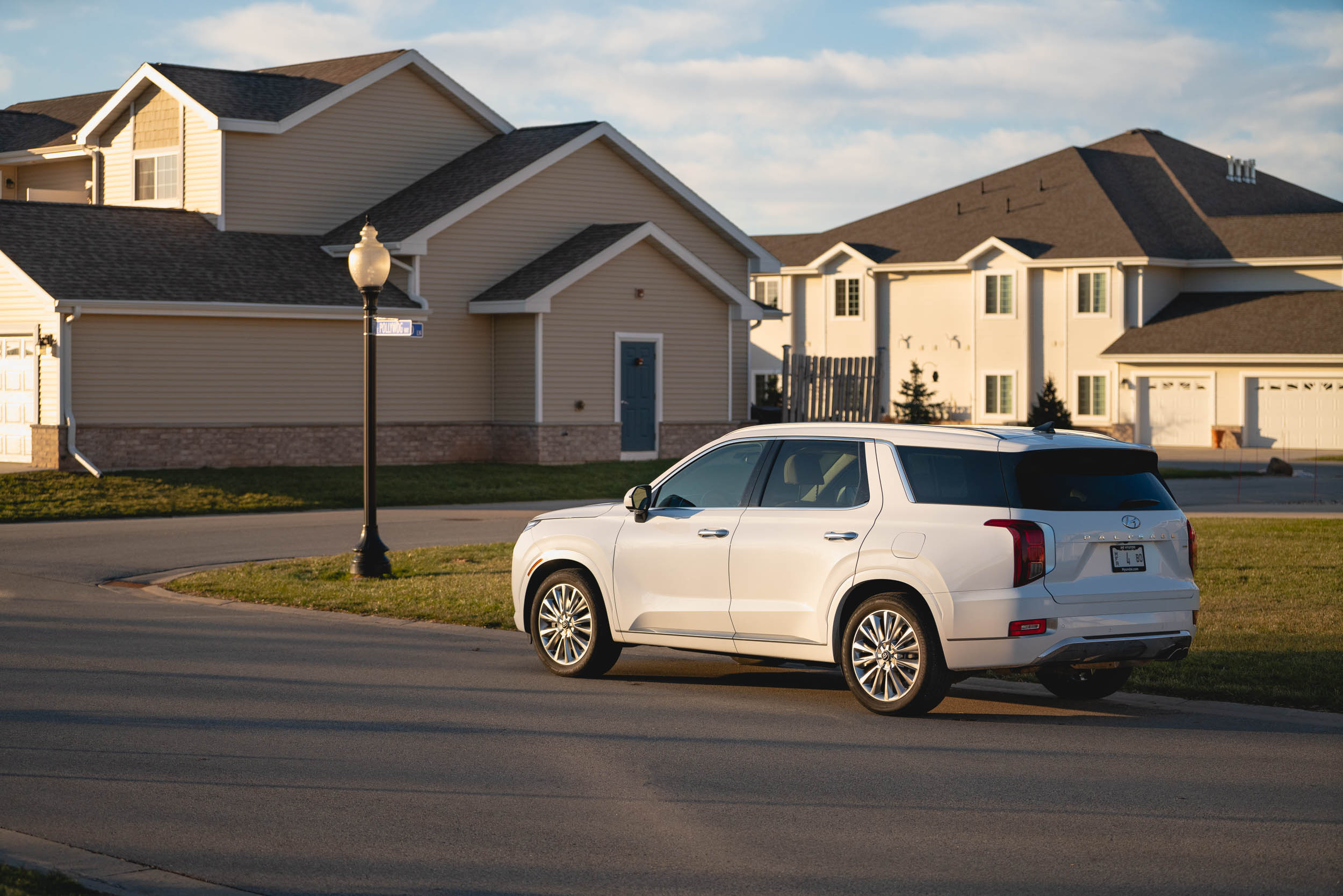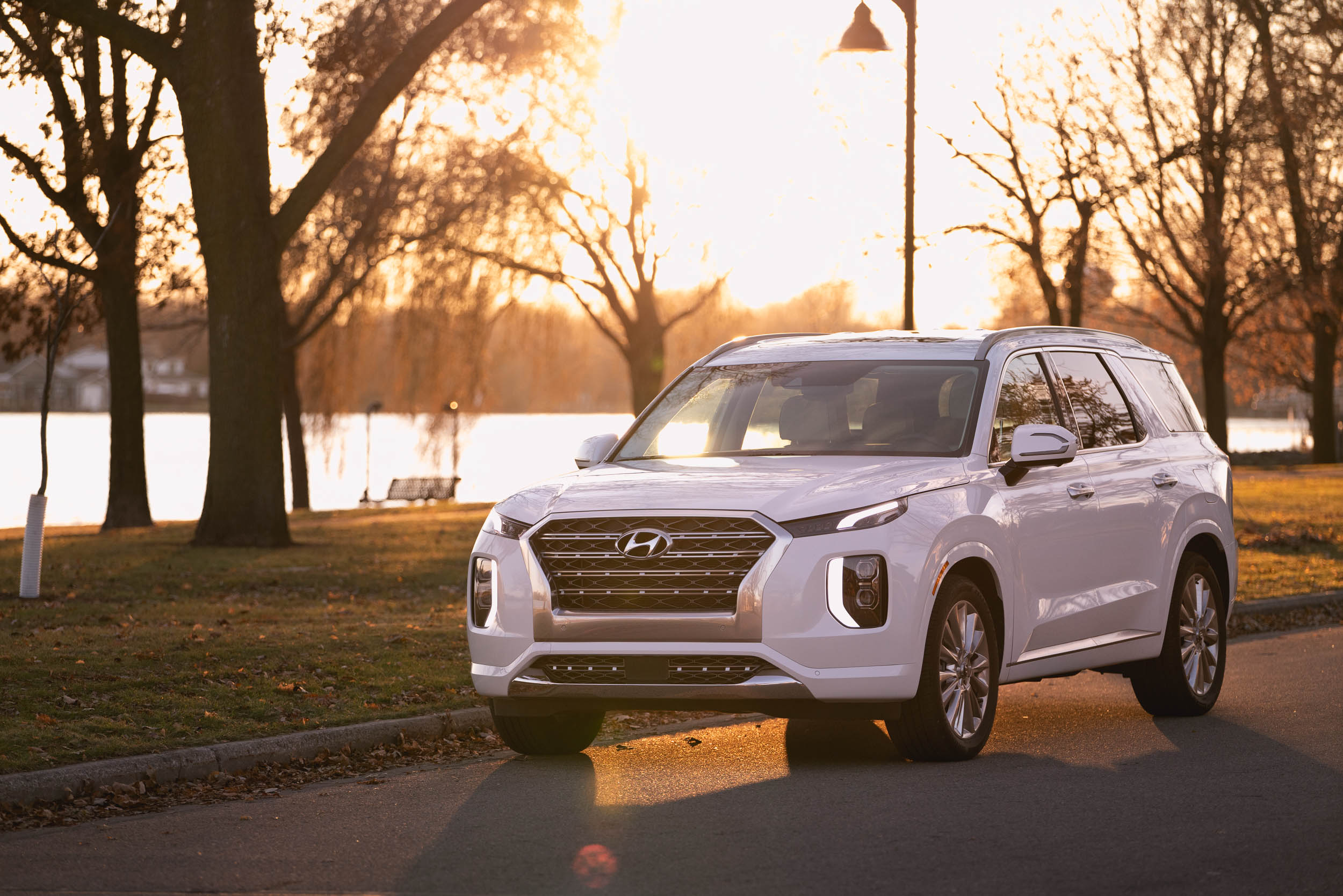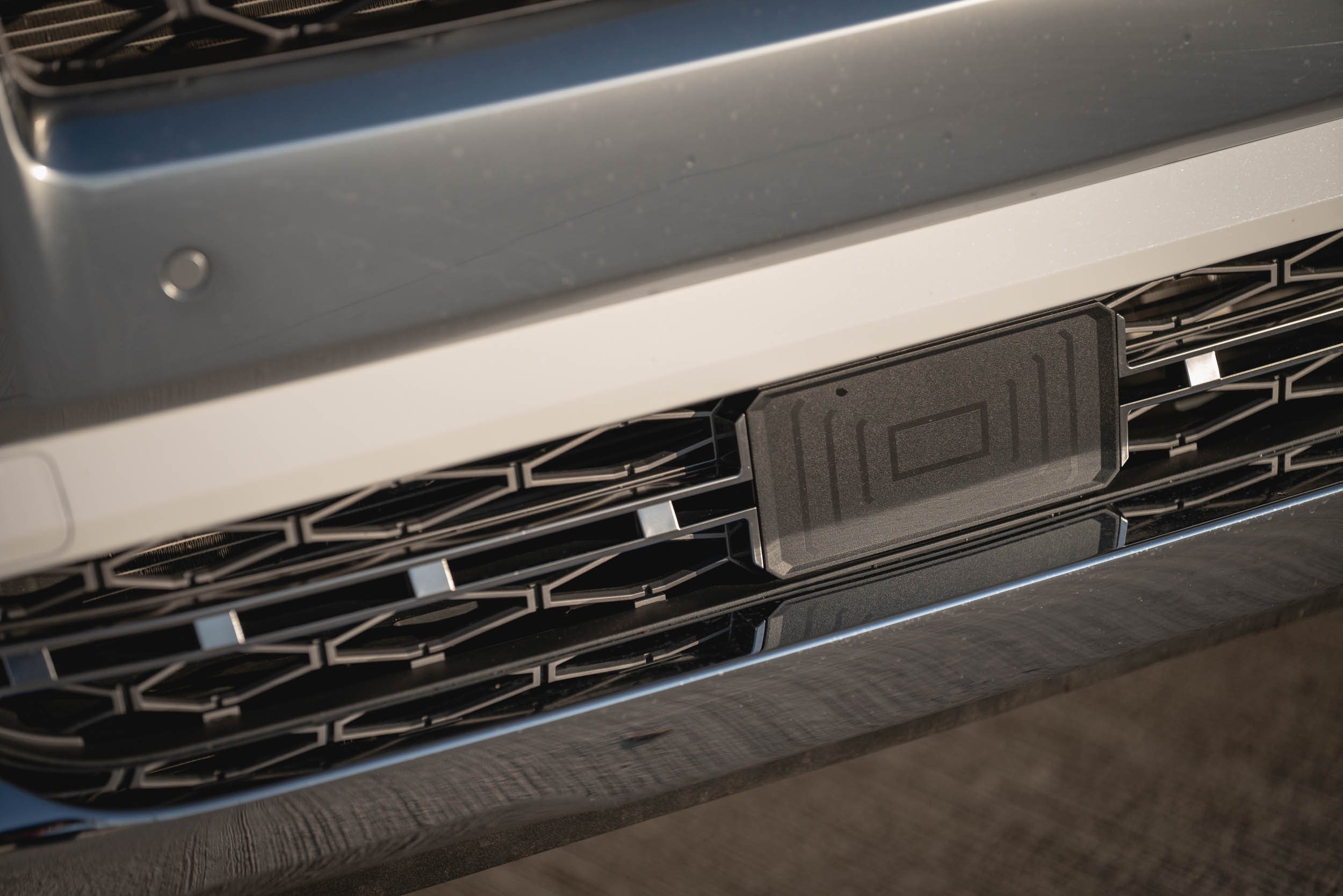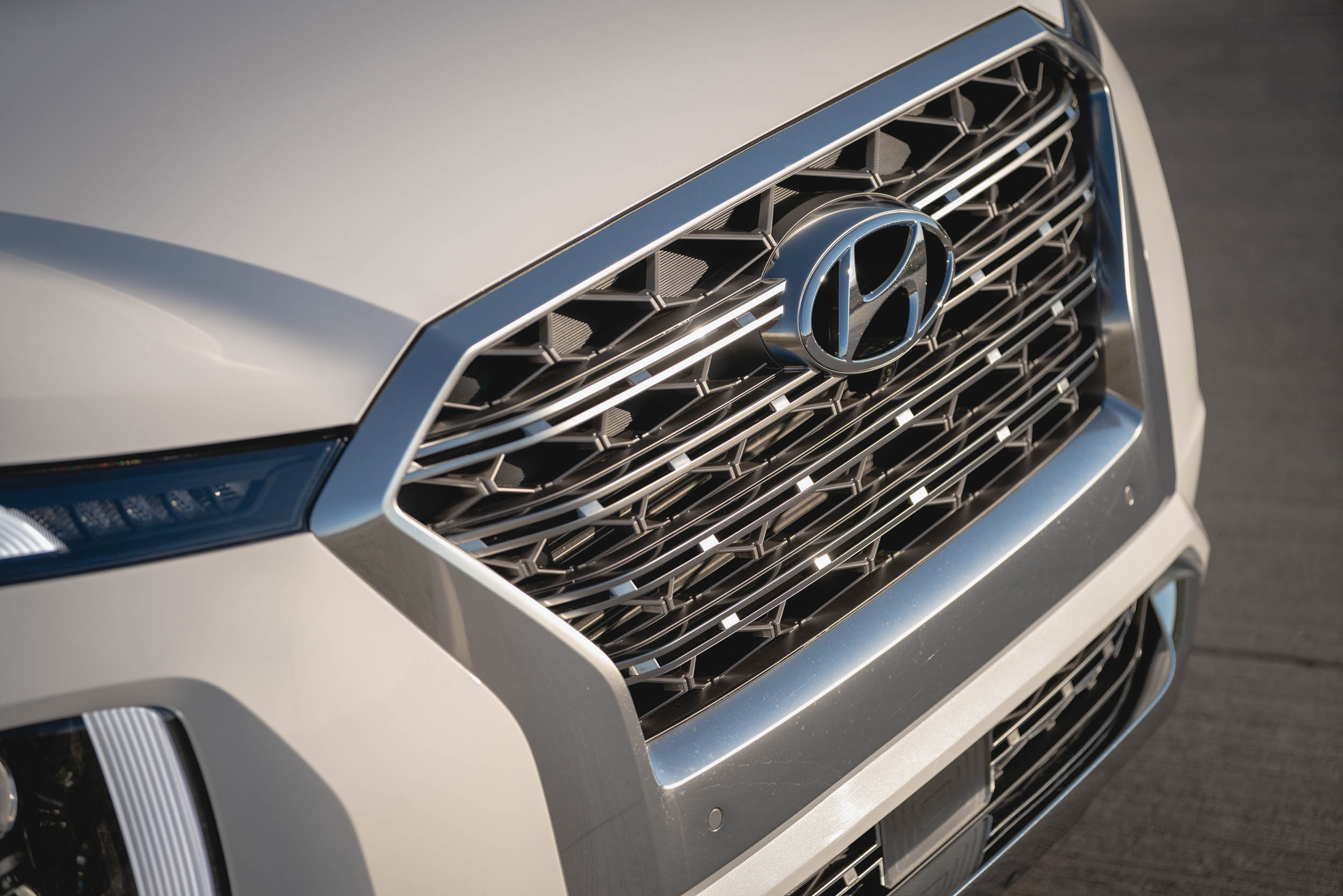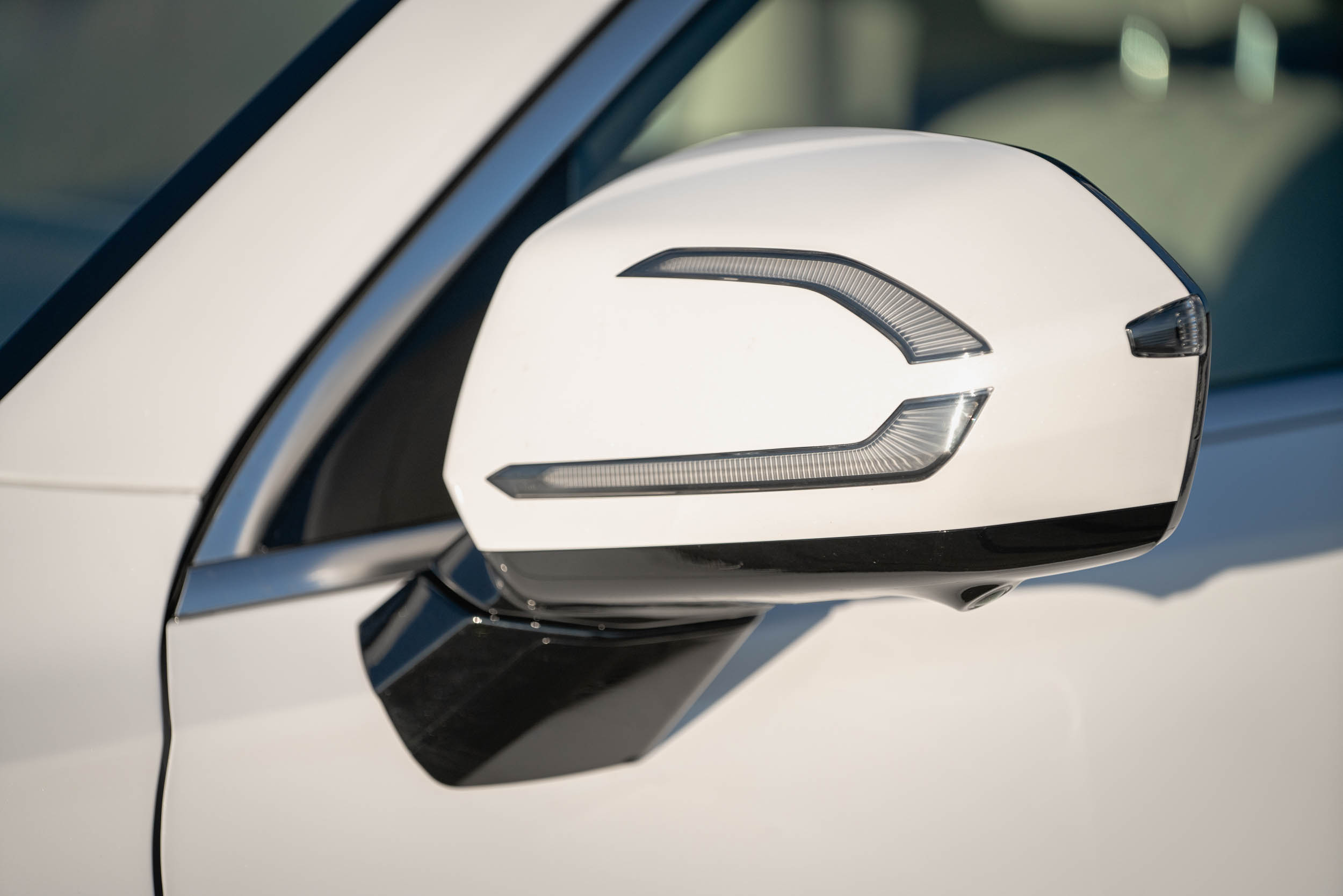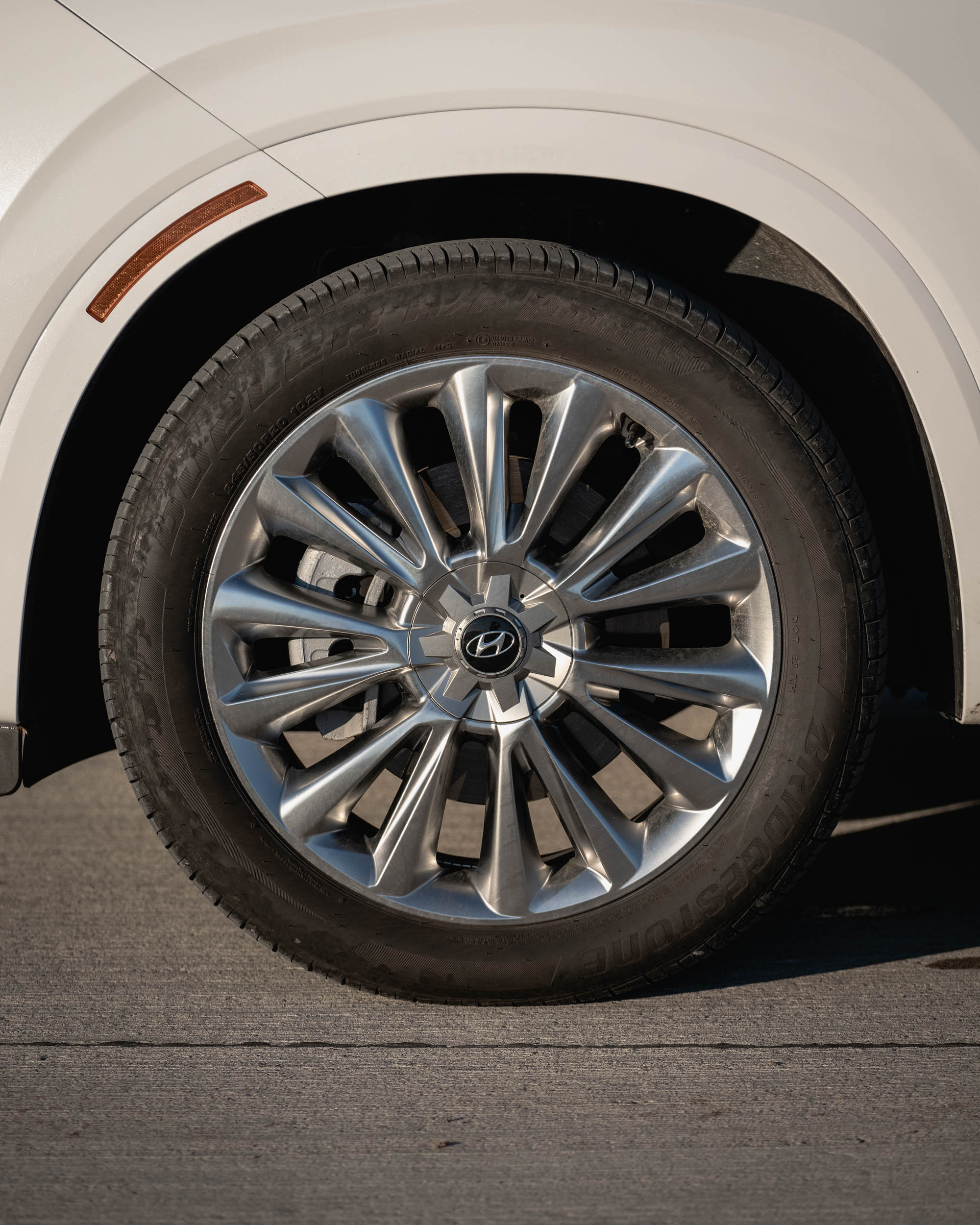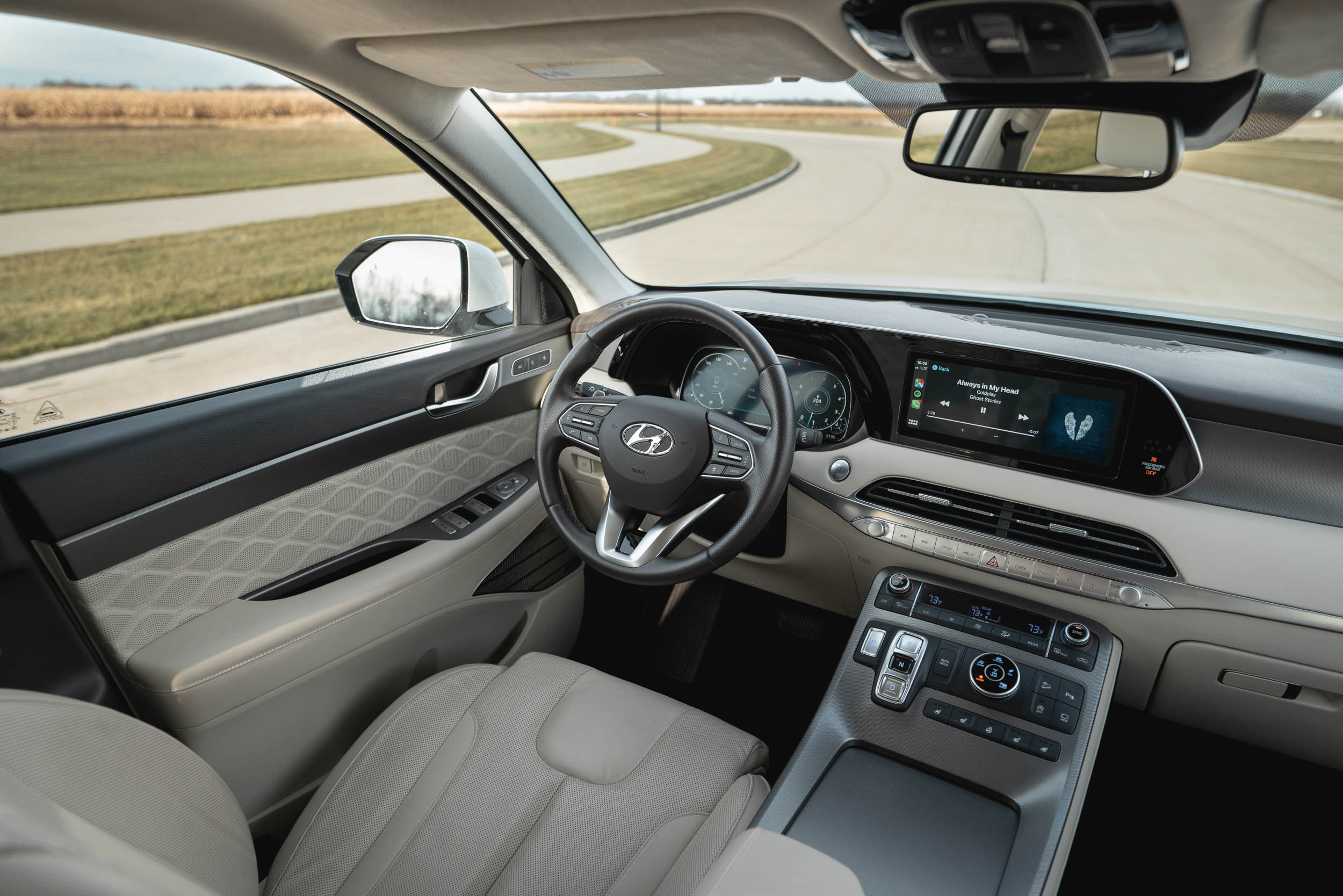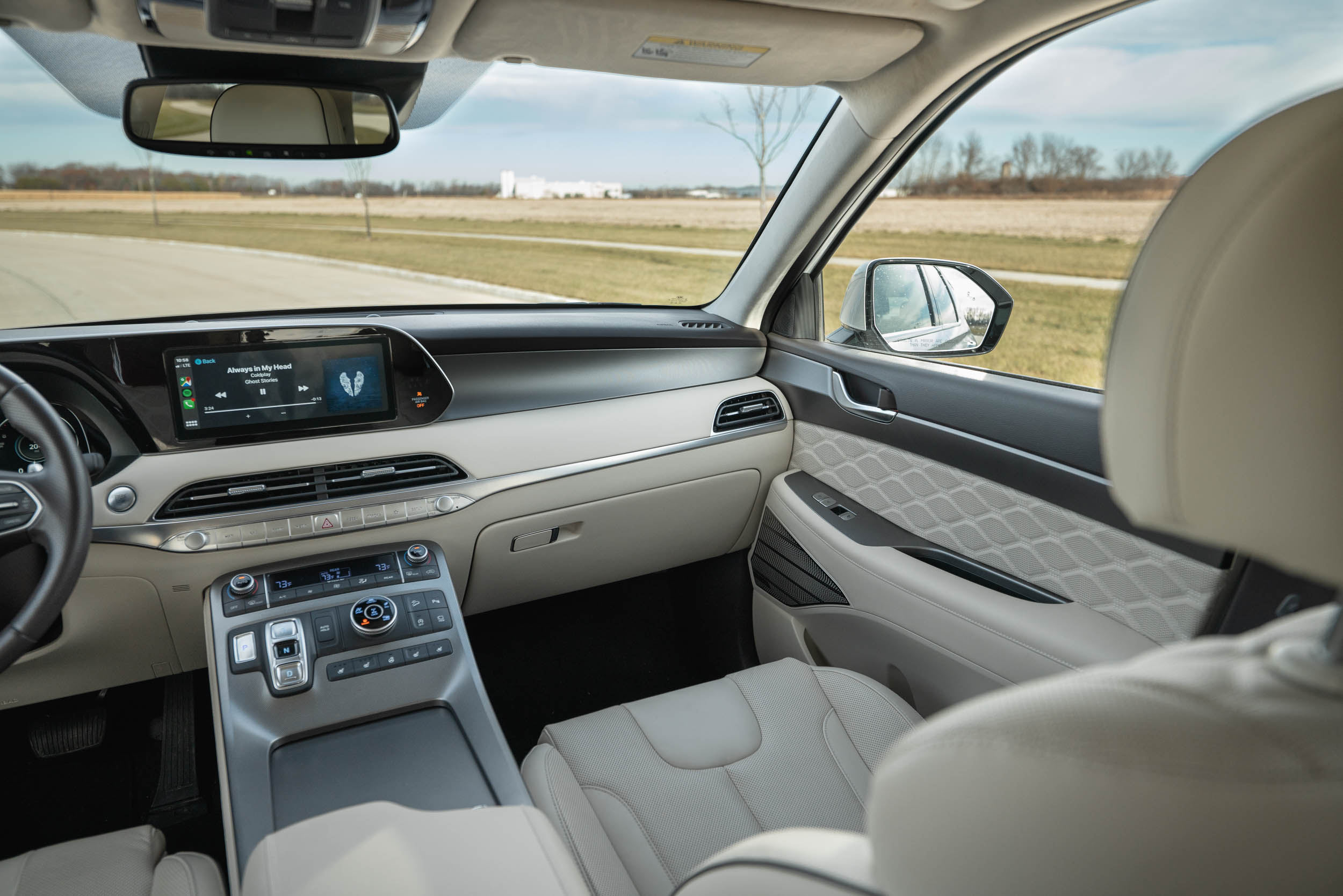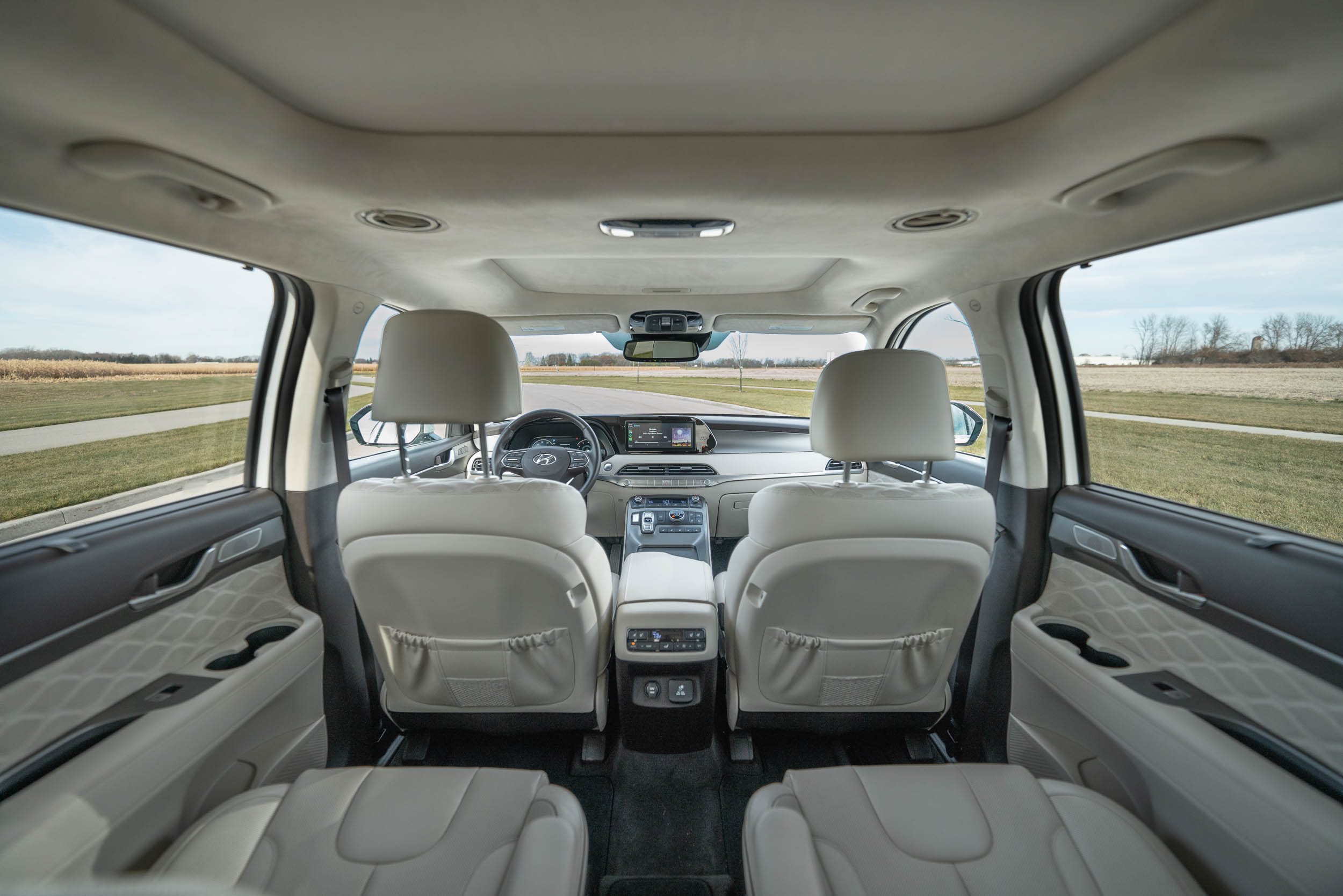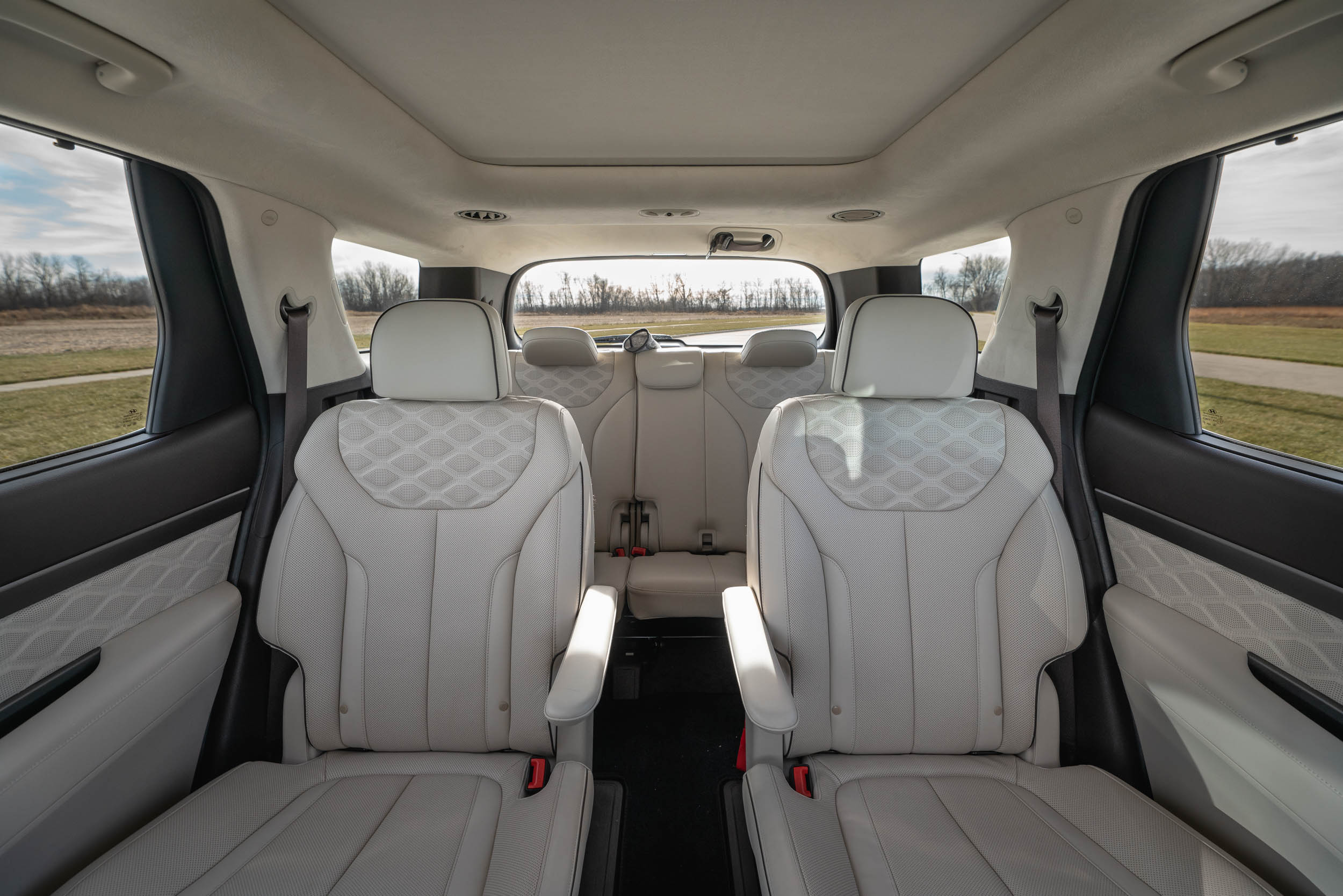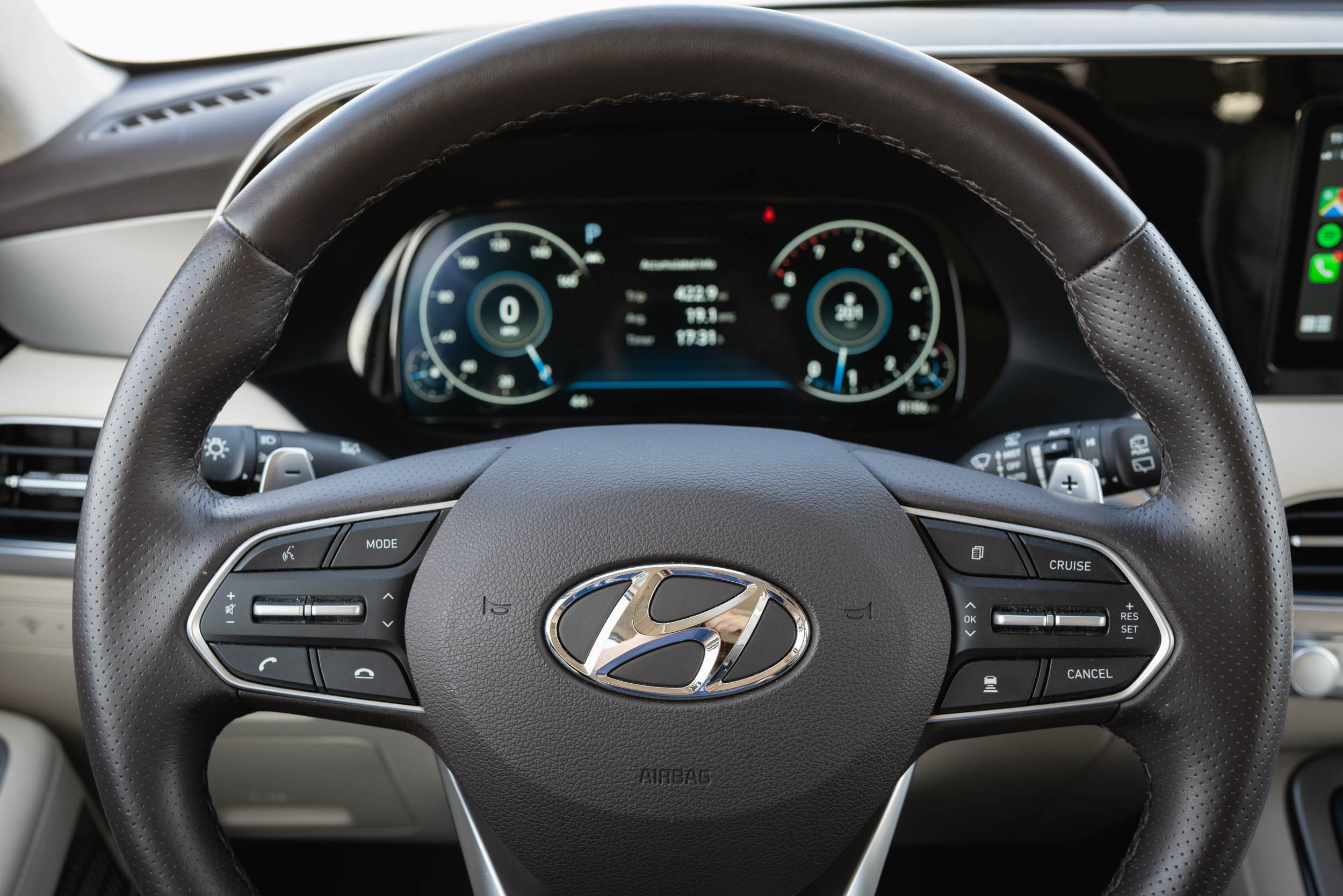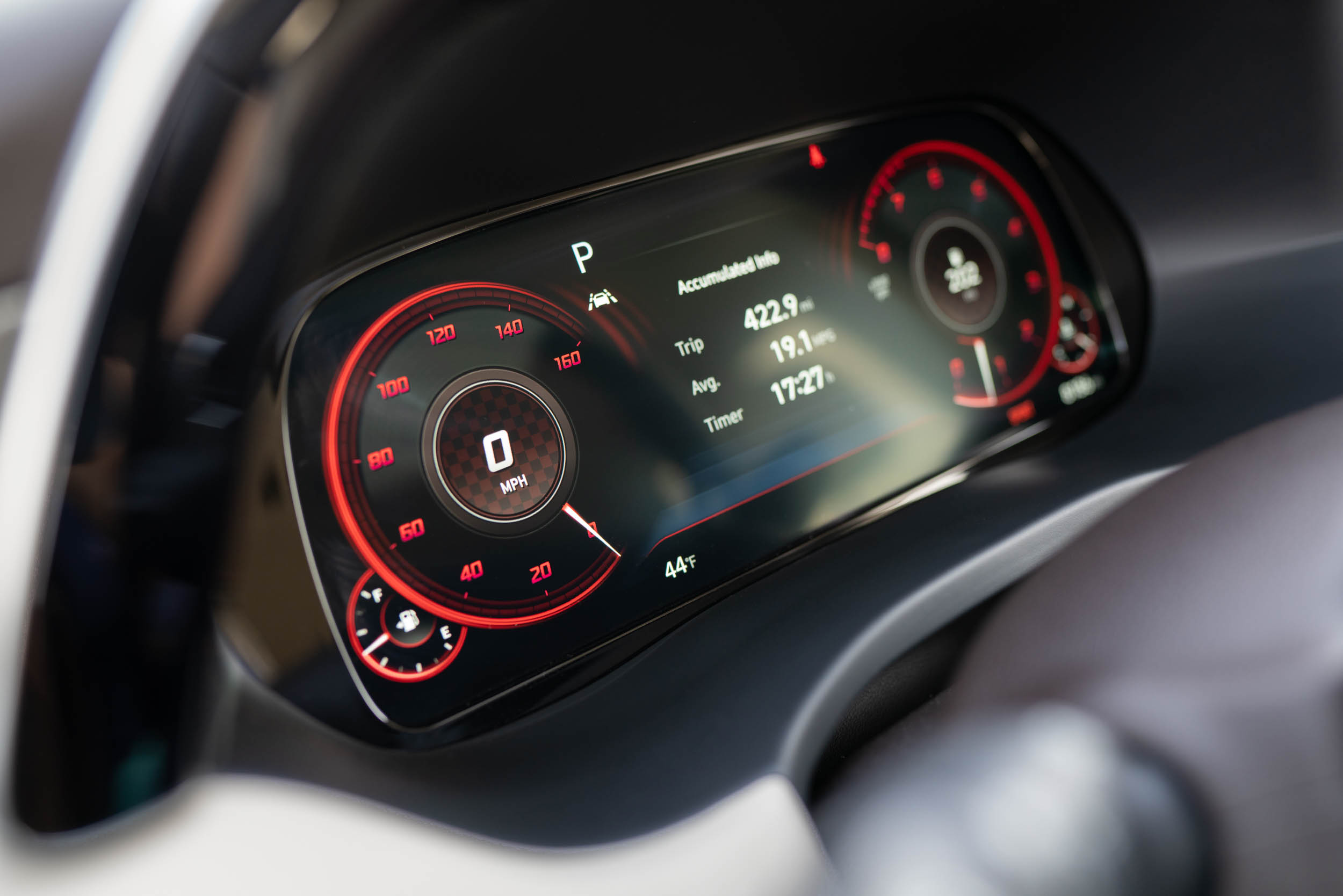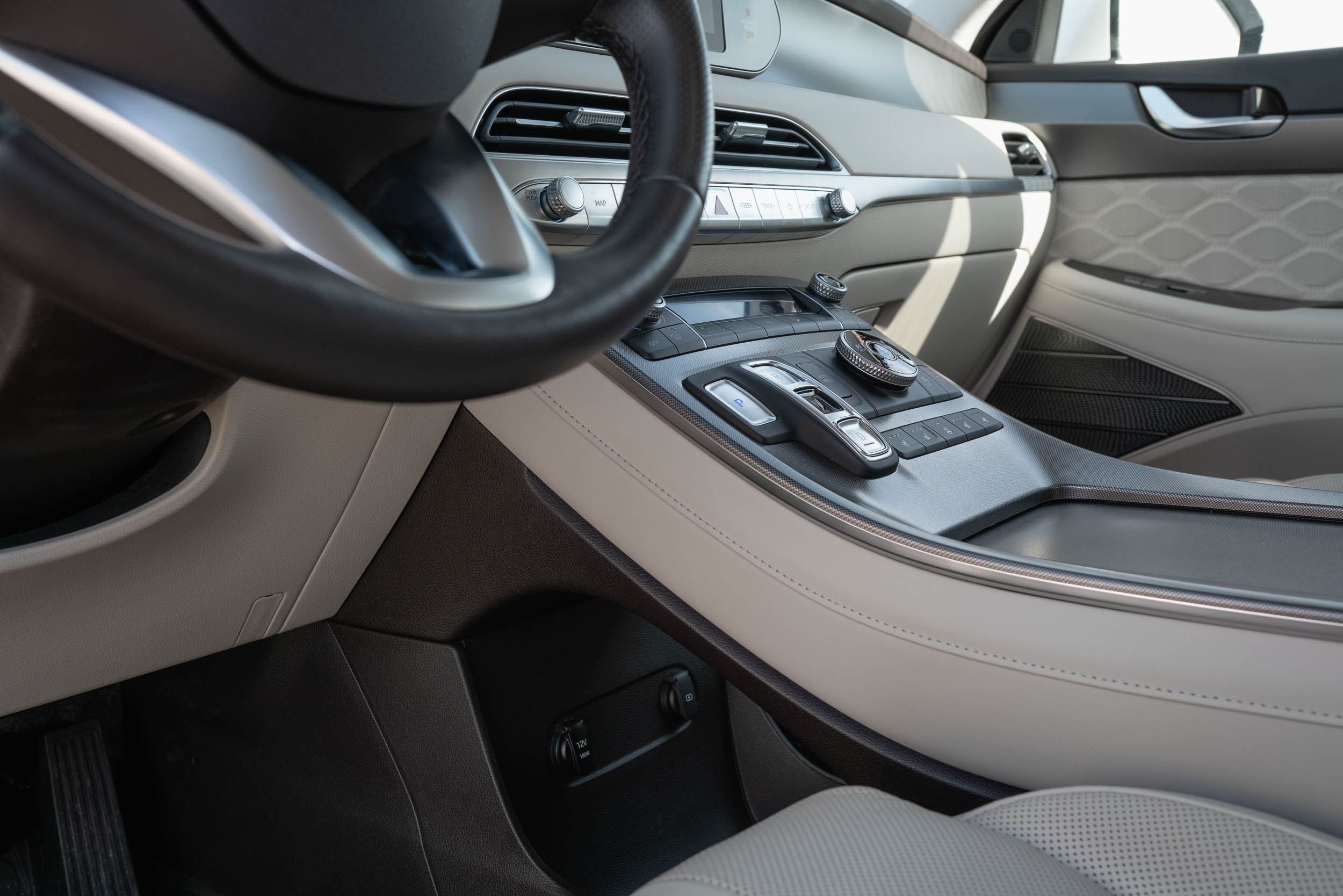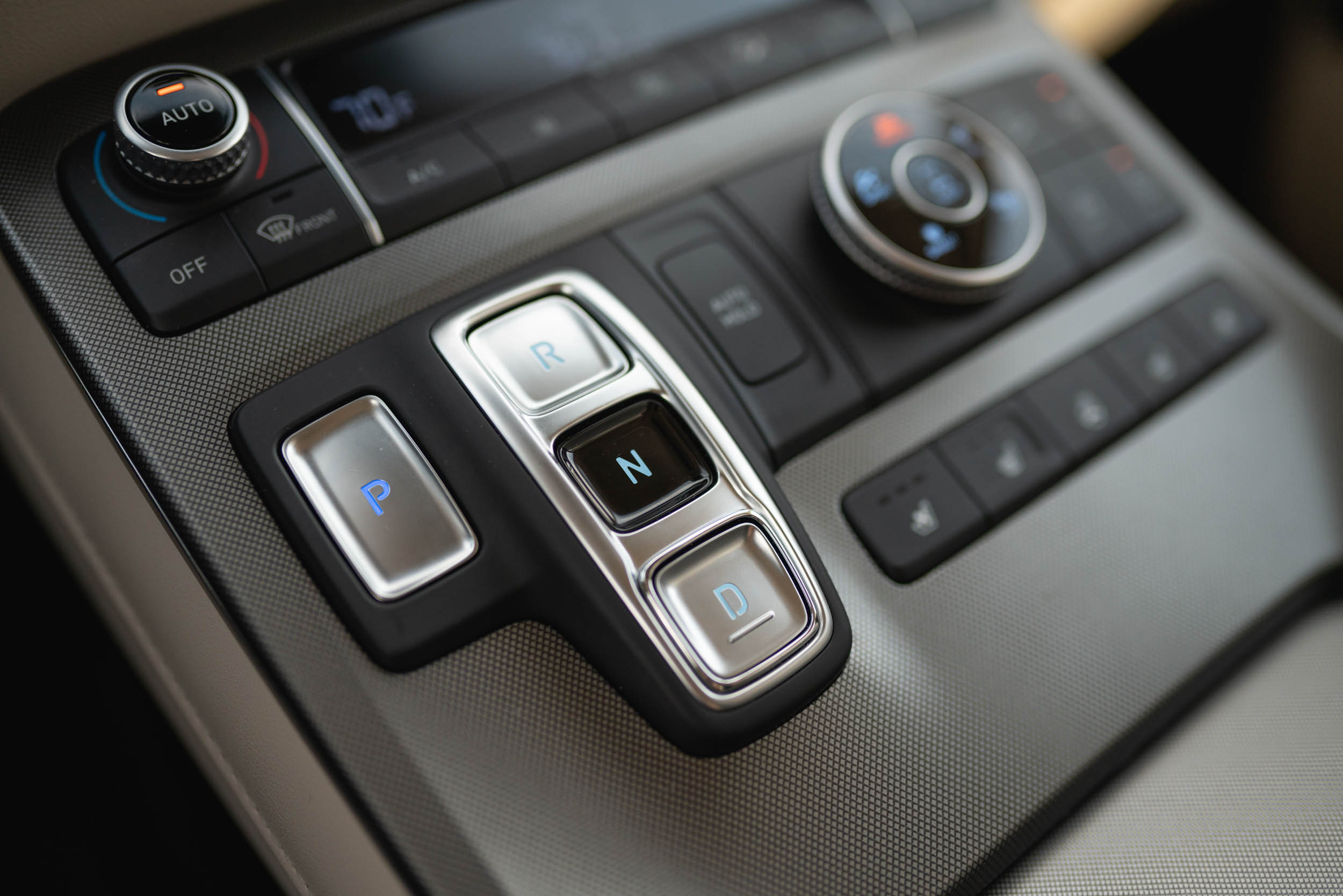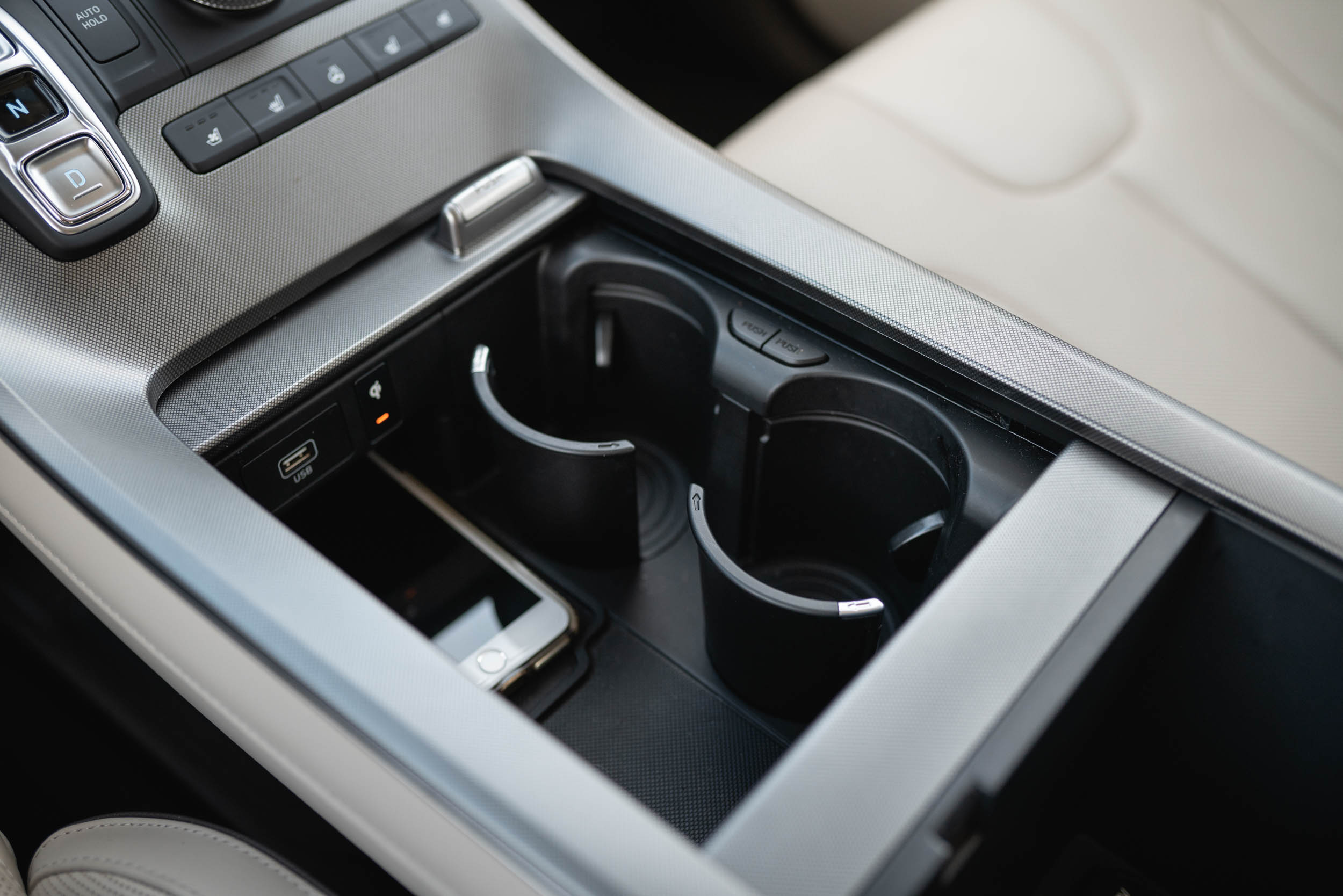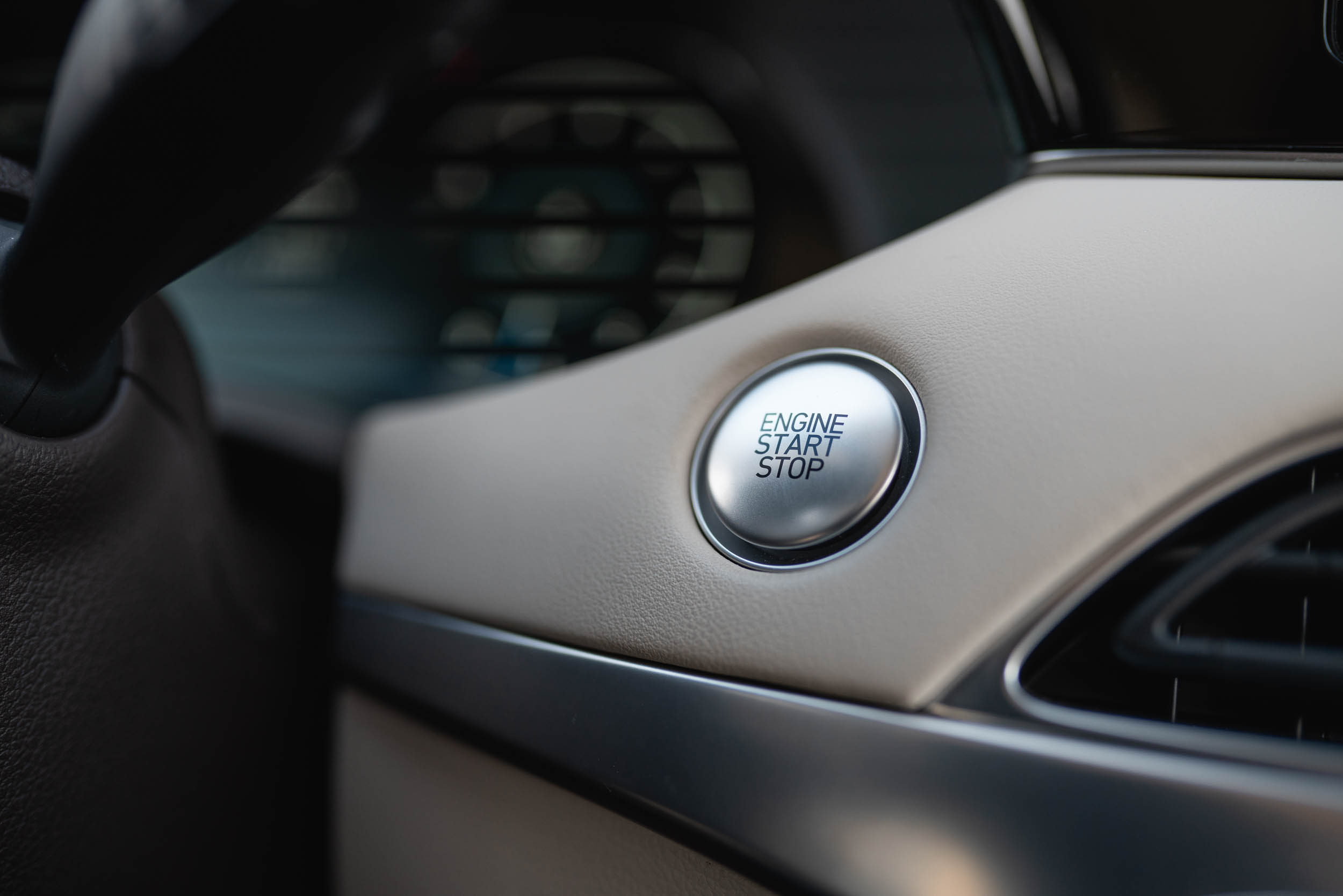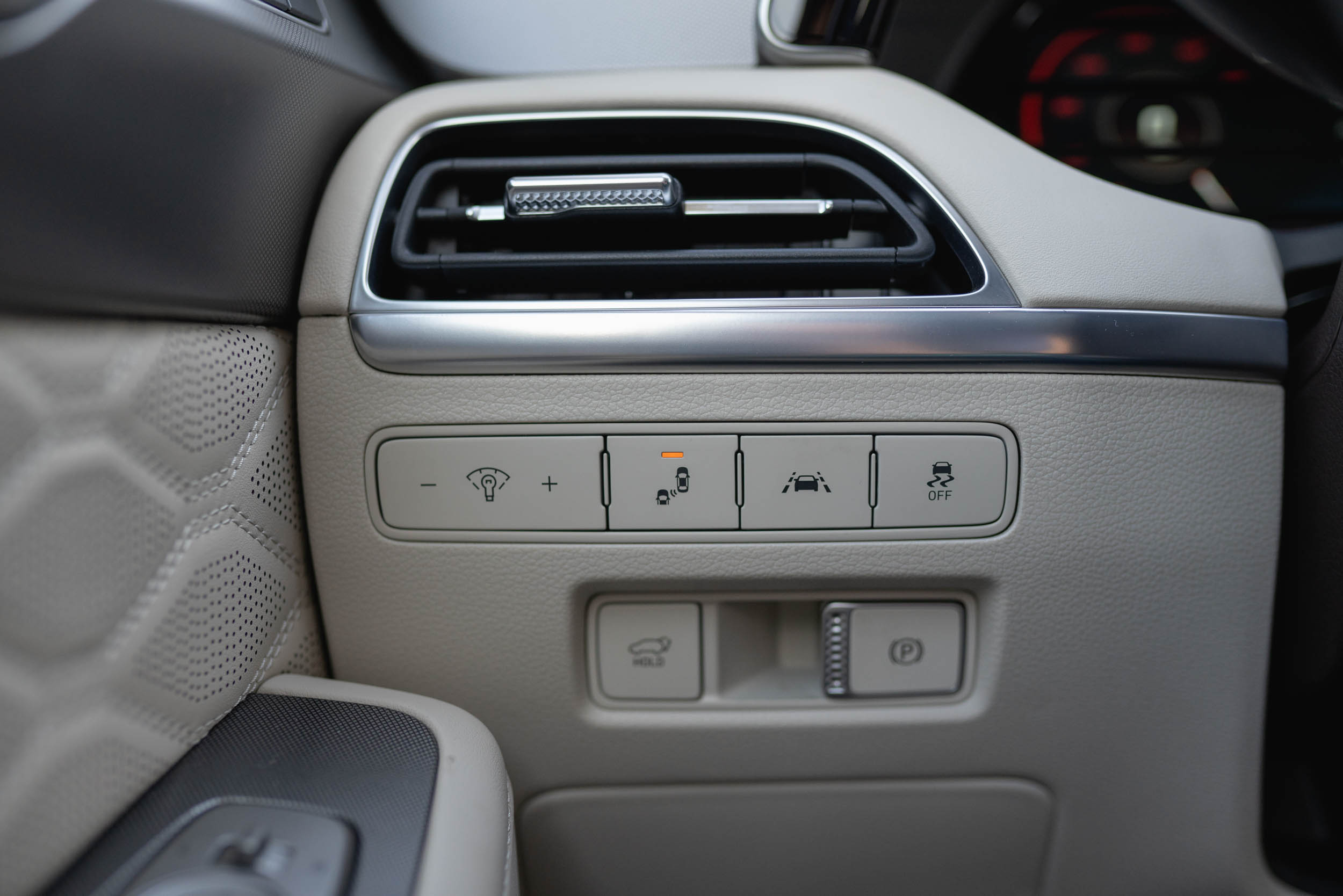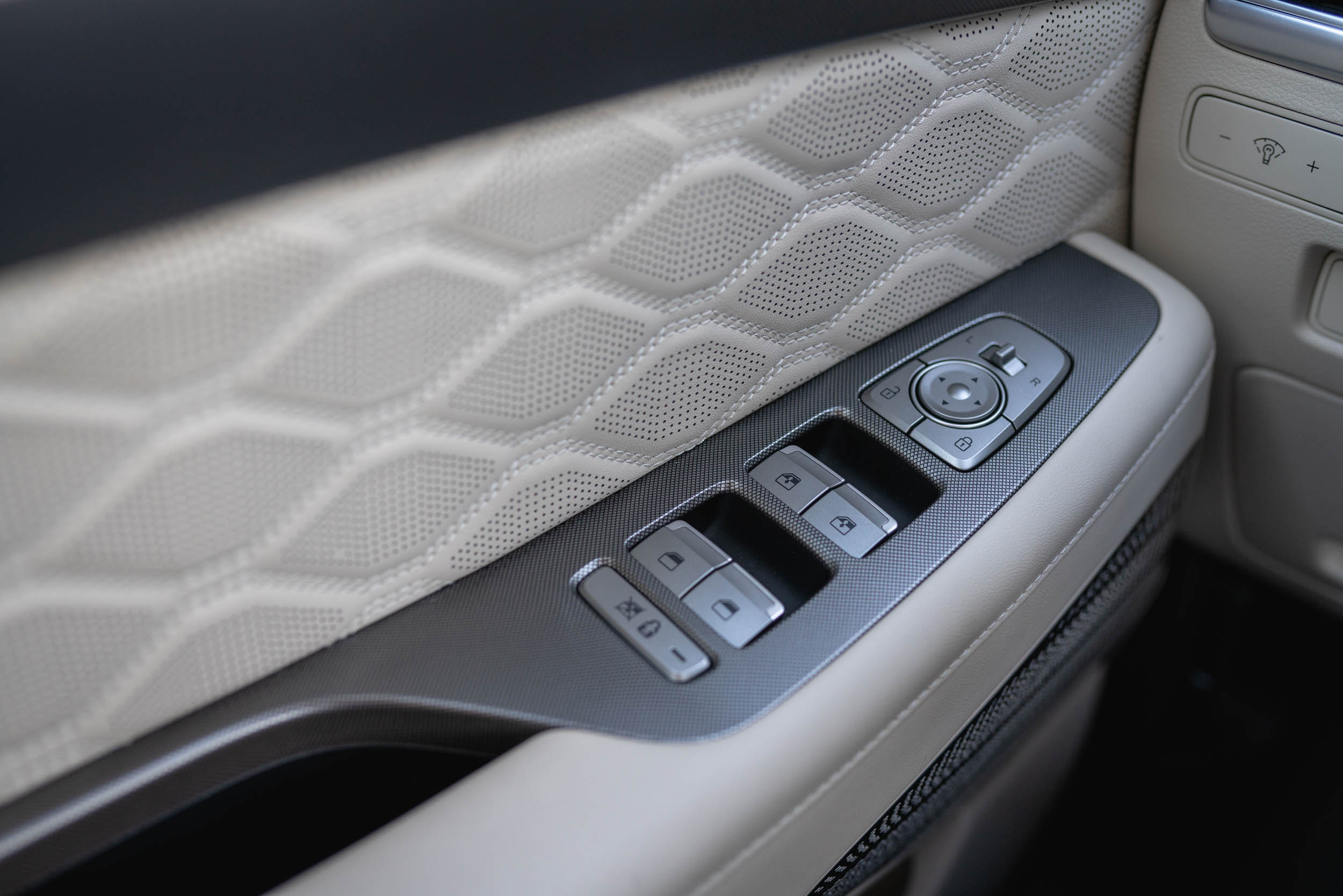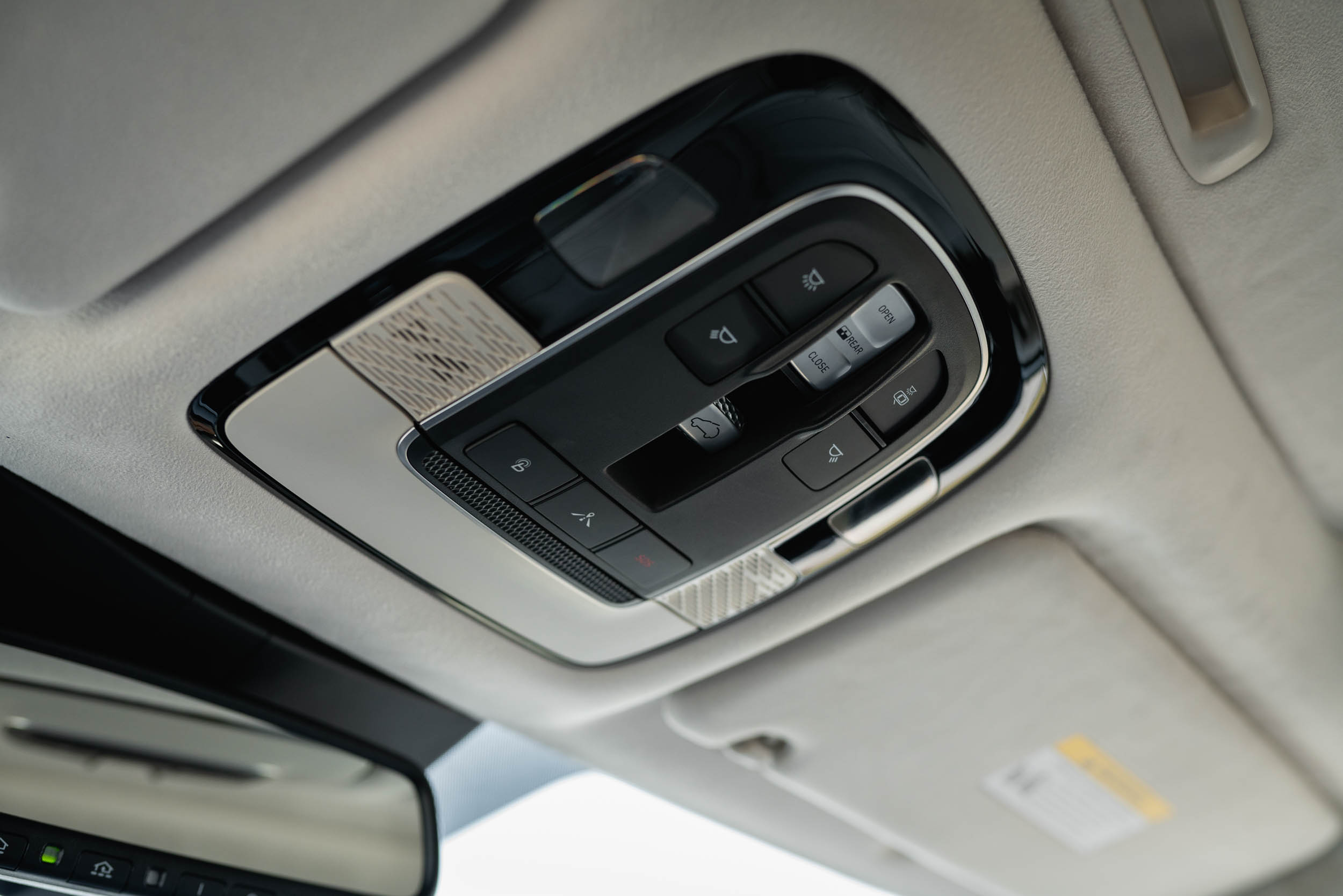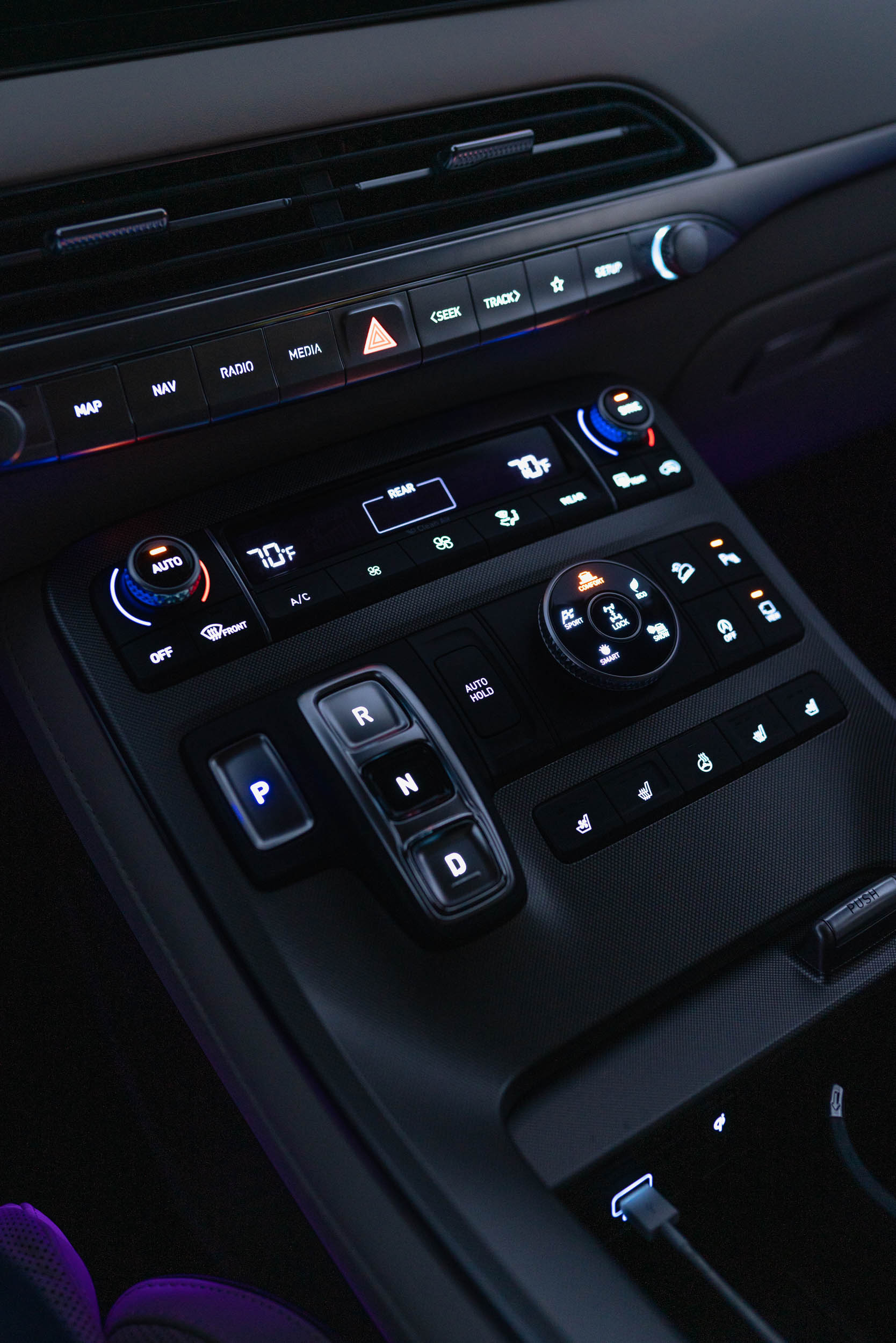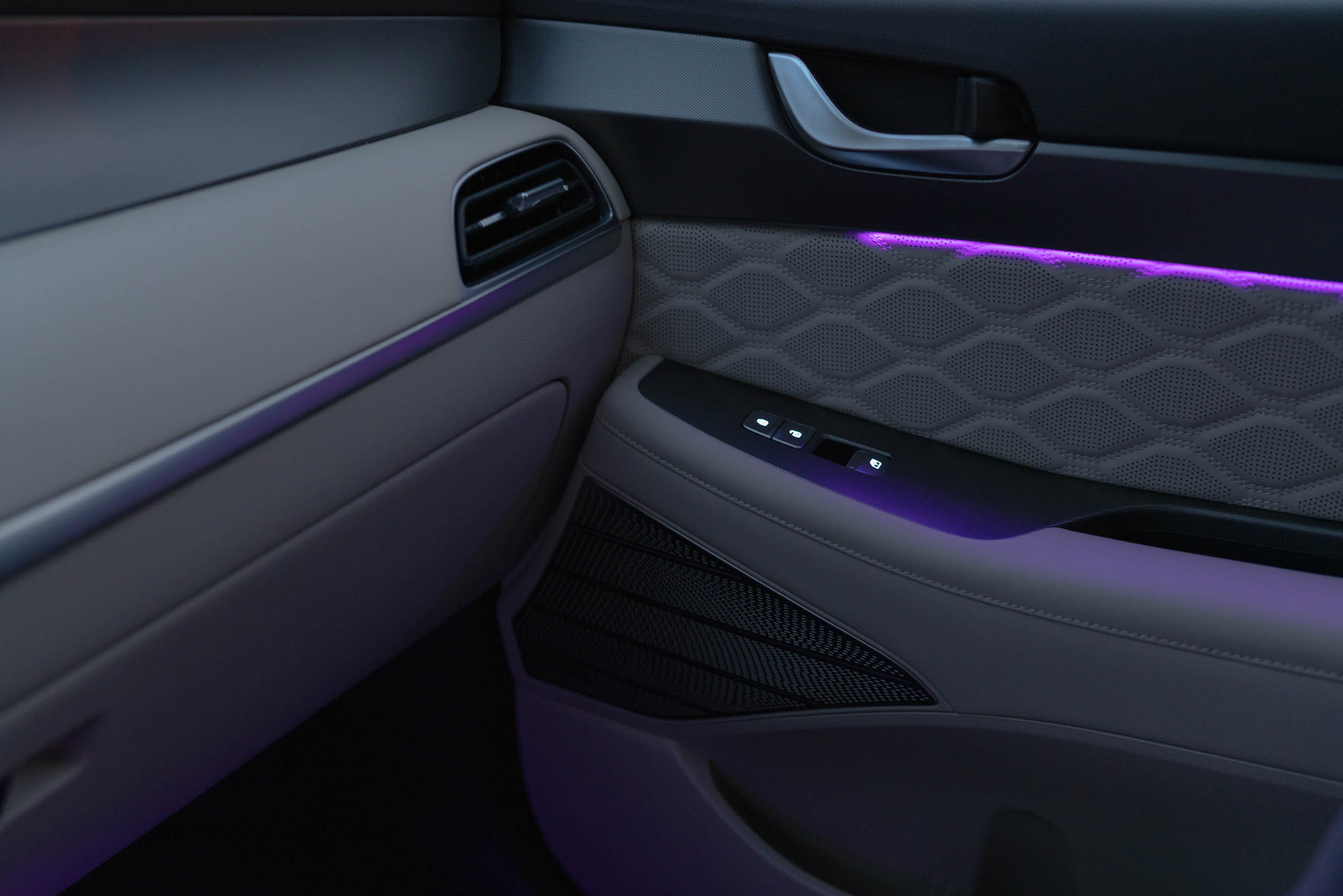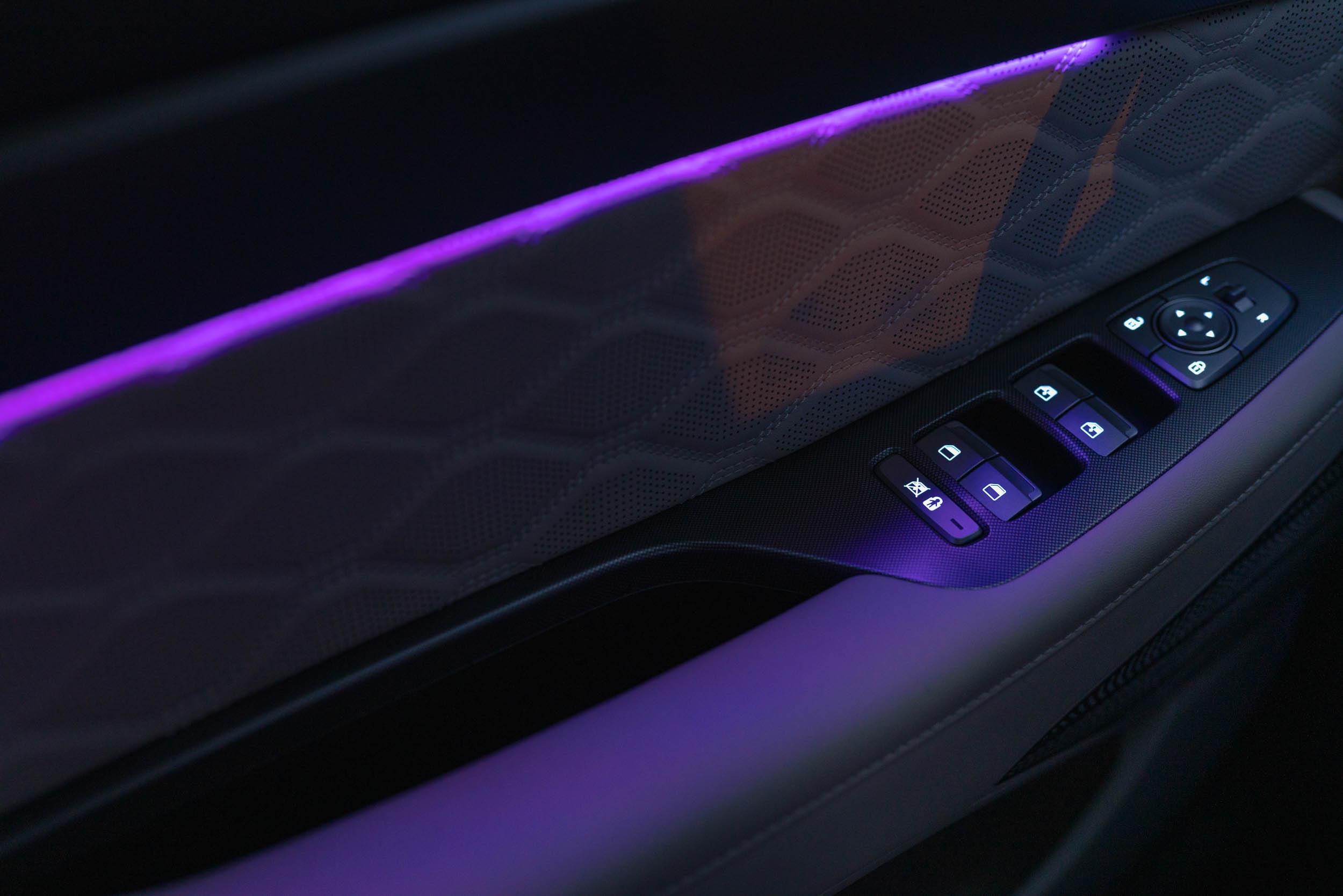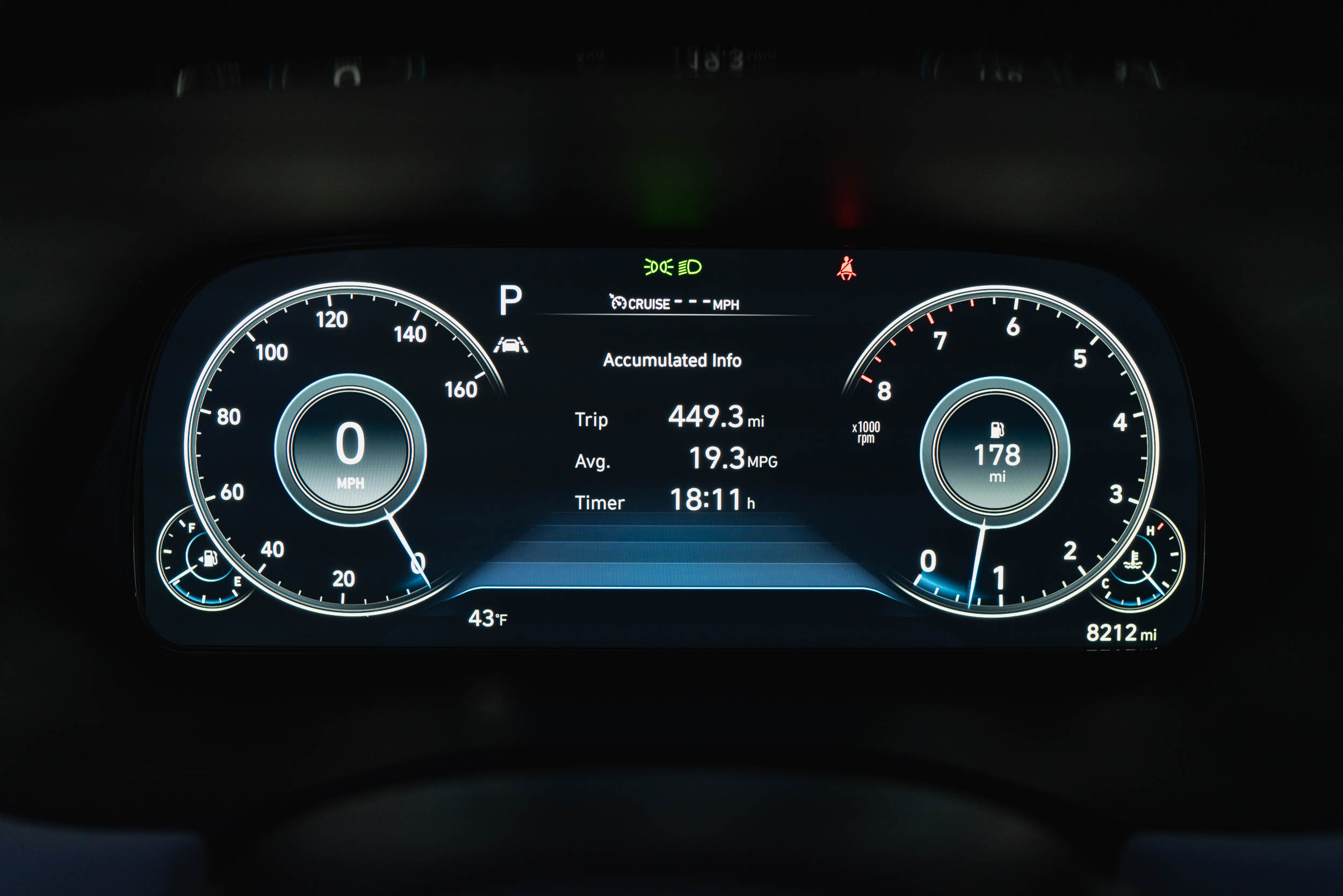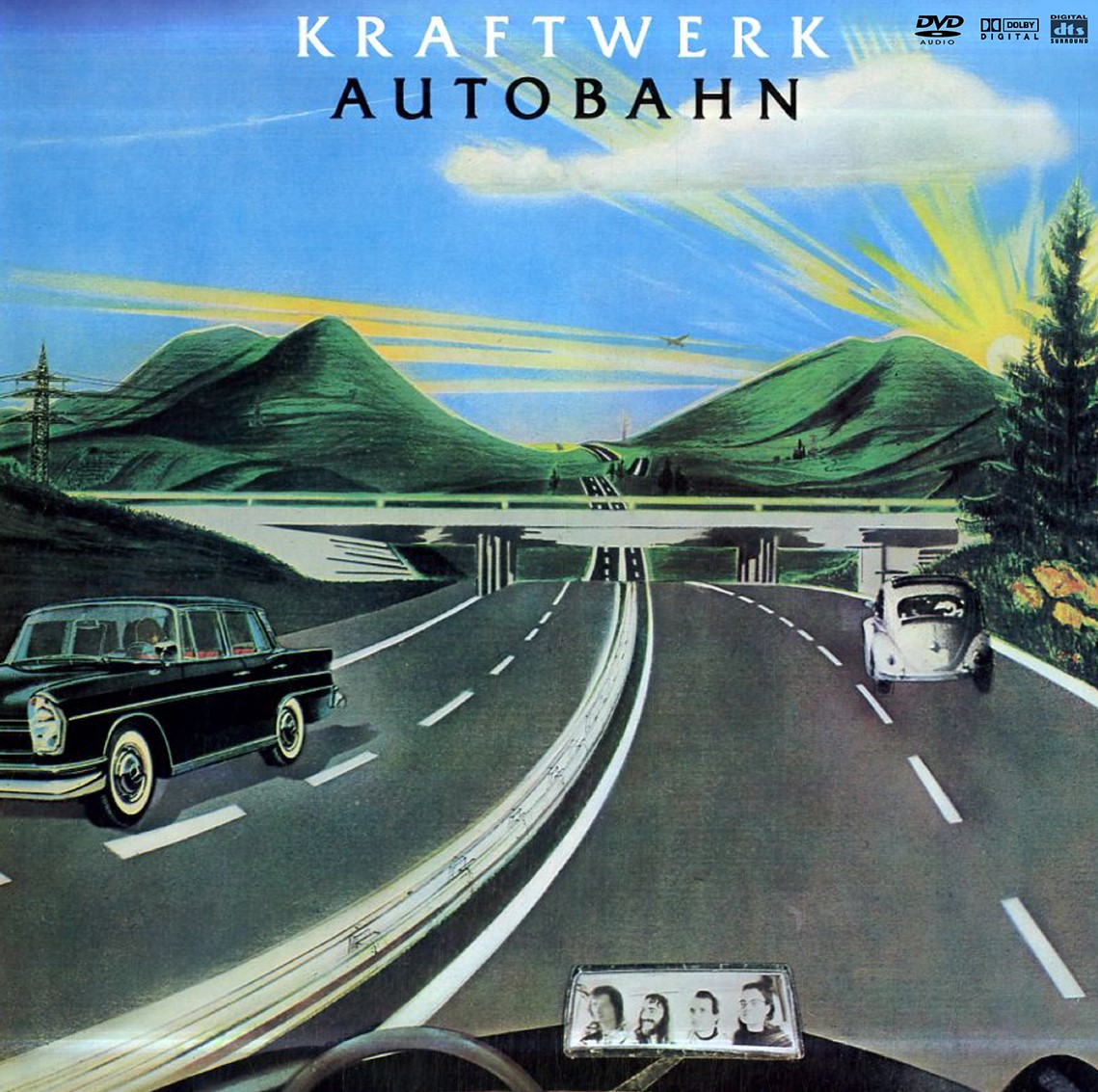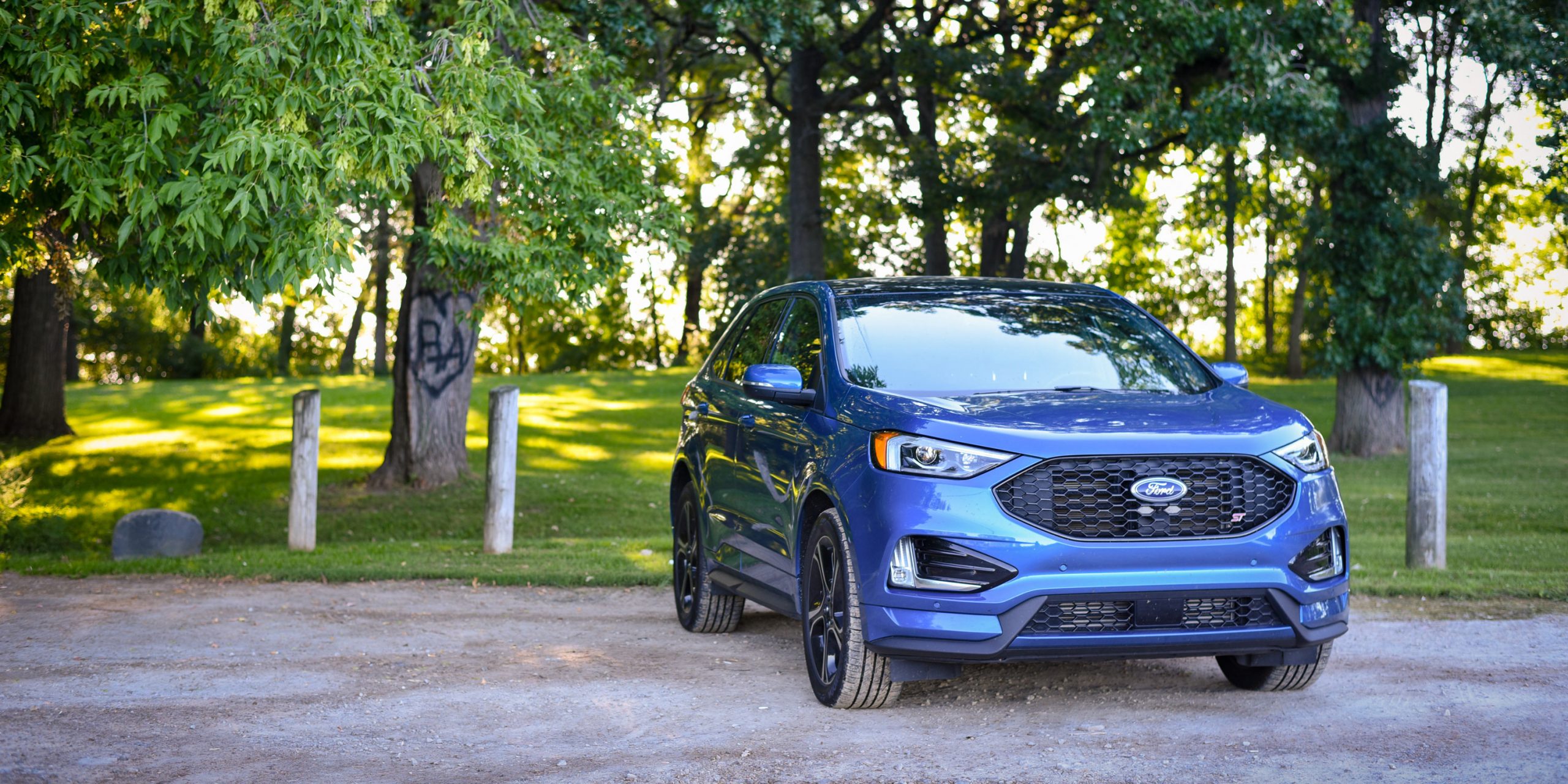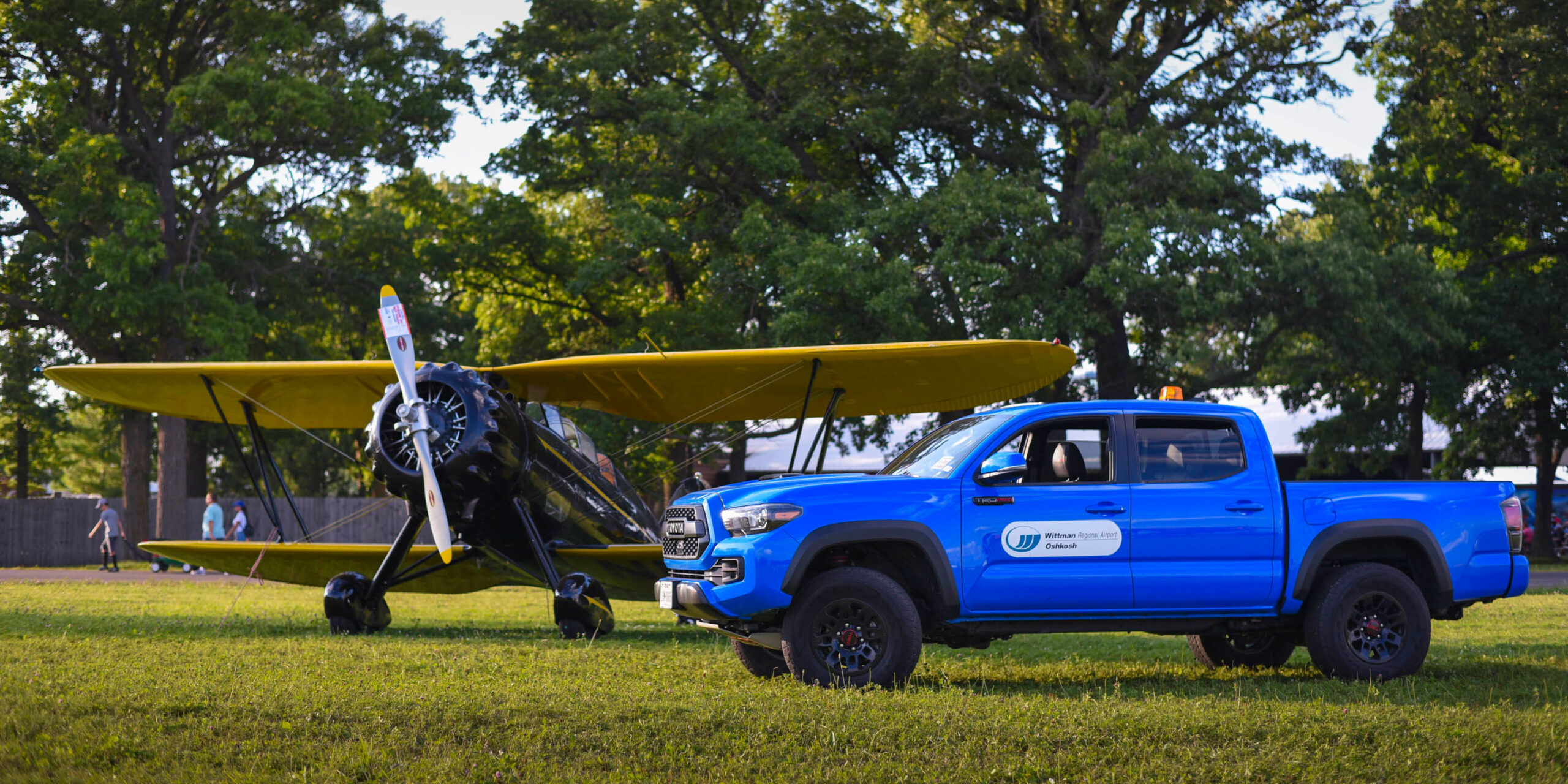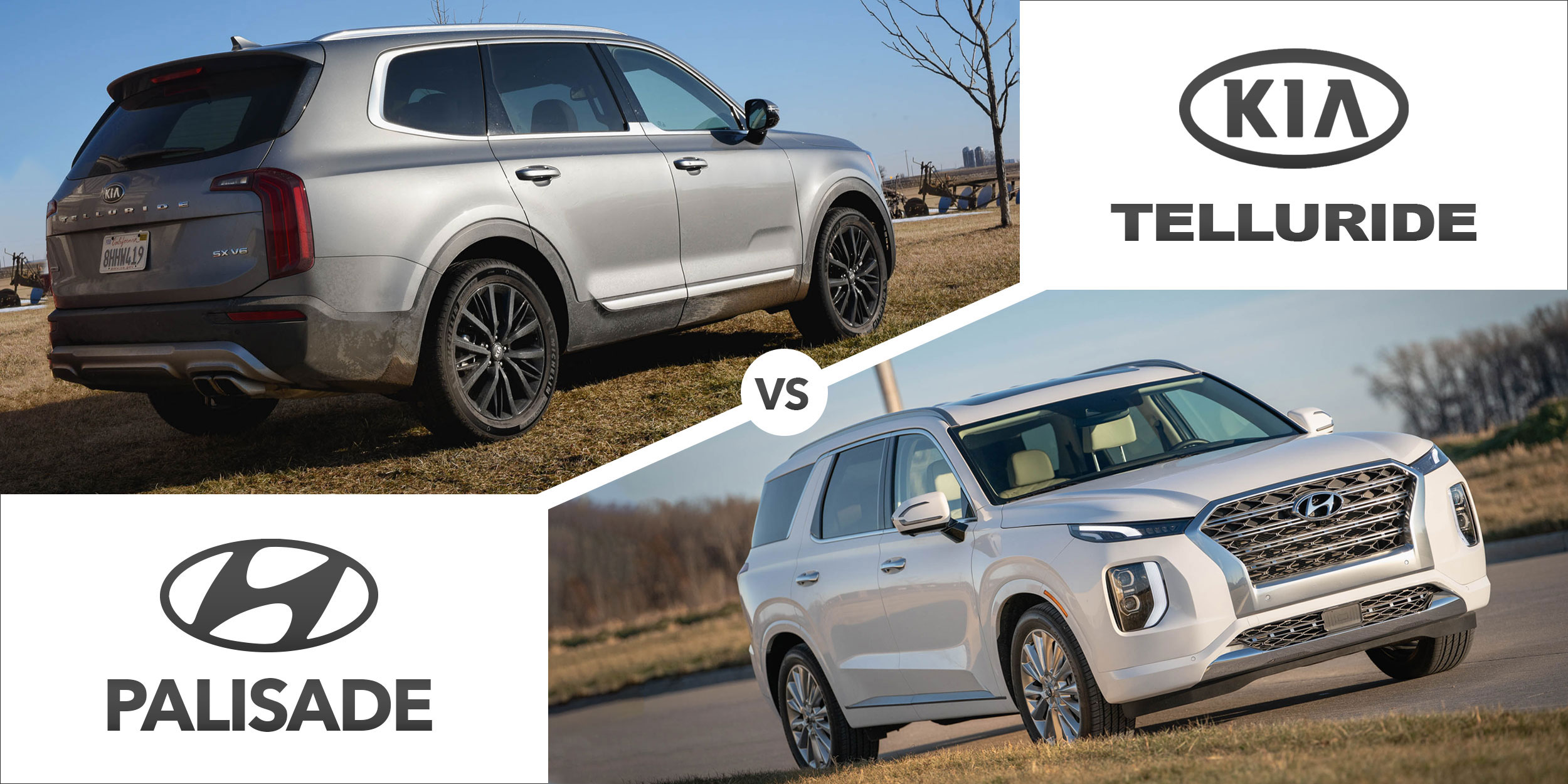
Words by Jennifer Jensen
Photos by Jessica Voruda
The 2020 Hyundai Palisade and 2020 Kia Telluride are corporate cousins, or more like brother and sister, andthey are snapping up industry awards left and right. That wasn’t always the case with these two brands so let’s take a little trip back in time.
Hyundai has been around as an automotive manufacturer far longer than you’re probably aware. In fact, the company has been producing cars since 1968. Kia on the other hand, started with bicycles before assembling cars in 1973.
Why didn’t you know that? Because Hyundai didn’t start selling cars Stateside until 1986 with the Excel while Kia followed suit in 1992 selling their single available model, the Sephia.
While both companies moved lots of units in their first few year – Hyundai actually sold more in its first model year here in the US than any other manufacturer did in its first year
However, neither company scored too well in the reliability column. Products from both companies were considered inexpensive options for someone who just wanted cheap transportation.
To encourage automotive buyers to look their way, Hyundai and Kia began offering the longest and strongest warranty in the industry – 10 years. Both companies also began to invest quite heavily in designing and building better products.
I would say they have succeeded.
ALL IN THE FAMILY
On the business side, Kia declared bankruptcy in 1997 due to a financial crisis in Asia. So, Hyundai bought a 51% stake in Kia, completing the deal in 1998 and outbidding Ford in the process.
Hyundai Motor Group now owns both companies and Hyundai Motor Company owns 33.88% of Kia Motors.
That means for the most part there will be cross-shared platforms, engines, transmissions and lots of parts between Hyundai and Kia.
The new full-size SUVs from both are no exception.
While the Kia Telluride and Hyundai Palisade are not identical twins, they are certainly more alike than fraternal twins. Both vehicles share the same chassis, suspension components, brakes and drivetrain.
So how different can they be?
ON THE SURFACE
Kia’s Telluride has a very upright and strong presence. It looks like the more chiseled of the two while the Palisade presents a smoother contoured body.
The Palisade’s front grille is tapered with lights cut deep into the front fascia. The split light design on the front end works surprisingly well and looks very cool at night. It is easy to tell that a Palisade is coming up behind you.
In contrast, the Telluride’s grille is more traditional spanning almost the entire front end leaving just enough room for headlights on the sides.
Speaking of sides, the side profiles continue the theme with the Palisade looking streamlined and the Telluride more boxy. The Palisade also has a nice looking wraparound to the rear window, which really helps the side profile with an elongation effect.
Both SUVs have towering back ends with their taillights being the defining factor. The rear angle is where these two look most similar.
WHAT’S ON THE INSIDE?
In the cabin there is a more differentiation in appearance, but it is mostly in the treatment of details than overall layout and design.
For example, our Telluride (an SX all-wheel-drive model) had analogue gauges for the speedometer and tachometer, while the Palisade used digital gauges.
The Telluride has a traditional PRNDL with the Palisade featuring push button engagements. While I normally would prefer the standard setup, the Palisade’s push buttons worked very well and are much smarter in execution than the stalk in Mercedes-Benz vehicles.
Both vehicles have a very nice 10.25-inch touchscreen mounted front and center on the dash just above the center vents.
Below the vents is a row of shiny buttons for the navigation and audio controls. This row of buttons is bookended by knobs for volume and station tuning. Just below that row is another row of buttons for the HVAC controls. This row is not shiny but blends in by being black.
All of these buttons may sound like a fussy arrangement but it harkens back to a time before touchscreens when you just had to push a single button to get what you wanted. I loved it and sincerely wish other manufacturers would follow suit.
You can still have your big fancy touchscreen but if you want to change where the heat is blowing you shouldn’t have to wade your way through several screens to get the desired result. This is a great lesson in design because you can keep all the easy access buttons and still make it look pretty.
I appreciated the interior of the Palisade with its multi-color treatment – beige with dark brown – more so than the all black interior of our Telluride. It seemed to me that Hyundai put more design effort into their interior than Kia did theirs.
Such niceties as diamond pattern leather on the door trim and seats, the push-button PRNDL, a better integration of the touchscreen into the dashboard, the location of the switches for the heated and cooled seats – you read that right, and that’s for the front AND back seats! – and the overly large storage bin between the front seats made me feel like the Palisade was a more buttoned up proposition.
Both vehicles have the heated and cooled seats, and they also have available heated steering wheels with a simple button to activate it. I only bring up the heated steering wheel because the entire wheel is heated unlike so many other manufacturers that only provide heating in certain spots on the wheel.
It is a very nice feature in Wisconsin winters!
Both vehicles have integration for Apple CarPlay and Android Auto, and the integration works well.
My only complaint was when listening to music through Apple CarPlay I had to crank the system volume almost to the max just to get good sound. This happened in the Palisade but not the Telluride. And it only happened when using my phone to play music.
Otherwise the sound system, provided by Harman Kardon in both vehicles, was quite good.
GET IN THE BACK
Both of our testers were top trim lines and had captain’s chairs in the second row. The size of these two provides ample room for second-row passengers to stretch out and enjoy the ride – and the view.
Panoramic roofs bring in lots of sunlight and make the interiors feel incredibly spacious.
It’s also worth bringing up again: The second row of seats has heating and cooling elements along with lots of cup holders and USB outlets. That is a rarity in the market, and kudos go to both companies for providing such creature comforts.
Both vehicles have sunshades for the second-row windows, the Palisade’s powered electrically and the Telluride’s powered by your passengers.
The Palisade had an electric third row of seats while the Telluride has manual folding seats. While the electric folding option is nice in the Palisade, they take way too long to fold down making Kia’s solution simpler, lighter and easier.
ON THE ROAD
Hit the start button in the Palisade, and a digital fireworks show happens in the instrument binnacle while chimes sing away. It’s entertaining to observe, and I found myself making my own sound effects every time I started and stopped the Hyundai.
The Kia’s analogue gauges prevent such frivolities but both start up and settle in to their rhythm quickly, quietly, and easily.
Heading down the road the head up displays are a welcome sight. The Telluride feels bigger than the Palisade, like there is more to move around. Perhaps the slightly taller back end of the Kia contributes to this feeling, but to my butt-ometer the Telluride drives bigger and more truck-like than the Palisade.
Both are powered by a 291 horsepower V-6 paired to an 8-speed automatic. There is plenty of motivational power on hand to provide ample giddy-up and the brakes are more than sufficient to rein in the fun before things get out of hand.
In fact, nothing ever gets out of hand in the driving experience of either vehicle. They are smooth, comfortable, quiet and luxurious beyond their sub-$50k price point – that’s fully loaded in both cases!
The available AWD systems provide power to the wheels that have traction and helped me navigate through snowy roads and loads of bad weather through my time with them. There was nary a wrong step.
There are also some neat tricks on hand that provided me moments of joy behind the wheel every time they came into play.
Flip the turn signal on in the Palisade, and either the speedometer or tachometer give way to a full motion camera showing the side of the vehicle in the direction you are turning. It is seamlessly integrated and such a cool feature to help obliterate any blind spots.
In the Kia the same action will show the same view but in a 7-inch screen between the tach and speedo. Brilliant.
Turn on the windshield wipers in the Palisade, and it shows you in the gauge cluster what speed the wipers are set at. I don’t believe I have ever seen something like that in any car I have ever driven. Is it necessary? Absolutely not, but this is the sort of attention to detail that will help these two brands compete with rivals from Germany.
NEGATIVES
There are a few niggles, however. One in particular is the Lane Keep Assist in either vehicle. The system seems to act out of anger to keep you in your lane. The Palisade automatically applies the parking brake if you park on a hill. It does not automatically take it off.
That’s just annoying.
Both vehicles feature a power liftgate that you can open by kicking your foot under the rear bumper. But I wish you the best of luck in finding just the right spot and proper speed with which to extend your foot while carrying a heavy load before you just toss everything aside and open the gate the normal way.
Yes, this feature could work better.
WHICH TO BUY?
In the end I preferred the more luxurious feel of the Palisade to that of the Telluride. It is the one I would choose if either of these were to fill my garage.
However, you cannot go wrong with either one. There is just so much on offer for the price point. The Kia Telluride comes off as a more athletic and traditional SUV, but in the best sense of these terms. The Palisade is just a bit more refined, and in the end, that tiny difference won me over.
Visit their respective manufacturer websites at https://www.kia.com/us/en/telluride and https://www.hyundaiusa.com/palisade
TELLURIDE GALLERY
